Botox, Buccal Fat Removal and Beauty Trends – Everything You Wanted to Know
We live at the conjunction of medical science, social media and beauty as a mammoth industry, along with the collective pursuit of self-care; really, there’s no better time than now to educate yourself on what’s out there. The technological advancements in the beauty industry, alongside the incredible ways in which technology is reaching across every facet of living are spectacular (and sometimes strange) feats of science. Botox has been around for a while (she’s our first minimally-invasive procedure to gain notoriety), and the plight of the BBL (Brazilian Butt Lift) had the 2010s in a chokehold – thanks, Kimmy. Today, the concept of the ‘spa’ has shifted to encompass all manner of medical wonders, and while I’m only newly acquainted with Dermapen (goodbye acne scarring), I thought I’d share a rundown of some beauty trends in 2023.
Disclaimer: always seek guidance from a qualified provider: look for a licensed medical professional, such as a certified aesthetician, dermatologist or plastic surgeon, and be sure to understand all the risks and benefits entailed in whichever process or procedure that you may be considering.
Minimally Invasive Procedures
The development of minimally invasive procedures are treatments that provide significant cosmetic improvements with minimal downtime; with procedures like botox, fillers, and laser generally being performed in a medical office or clinic, and often require little to no recovery time. These are used to reduce the appearance of wrinkles and fine lines. The most common right now are Botox & Fillers, which are used in a variety of different ways – with overlapping outcomes.
Botox, AKA botulinum toxin, is a neurotoxin that temporarily paralyzes the muscles responsible for creating wrinkles. When injected into the skin, Botox blocks the nerve signals that cause muscles to contract, resulting in a smoother appearance, and is most commonly used to treat forehead wrinkles, frown lines, and crow’s feet around the eyes. Fillers, on the other hand, are injectable substances that add volume to the skin to reduce the appearance of wrinkles and fine lines; the most popular is hyaluronic acid (HA) fillers. HA fillers work by attracting and retaining water, which creates a plumping effect, increasing a hydrated appearance in the face. They can be used to fill in wrinkles and lines, add volume to the cheeks, lips, and jawline, and improve the appearance of scars. The effects of Botox typically last for three to six months, after which the muscles will gradually regain their ability to contract, while fillers can last anywhere from six months to two years, depending on the type of filler used and the area of the face being treated.
It’s important to note that ‘filler migration’ is a real thing; as it’s a substance injected into the skin, it takes time to dissolve into the bloodstream – during this process, and if more filler is added, it can lead to the literal migration of the filled substance from the original injection site; hence, the appearance of swollen lips.


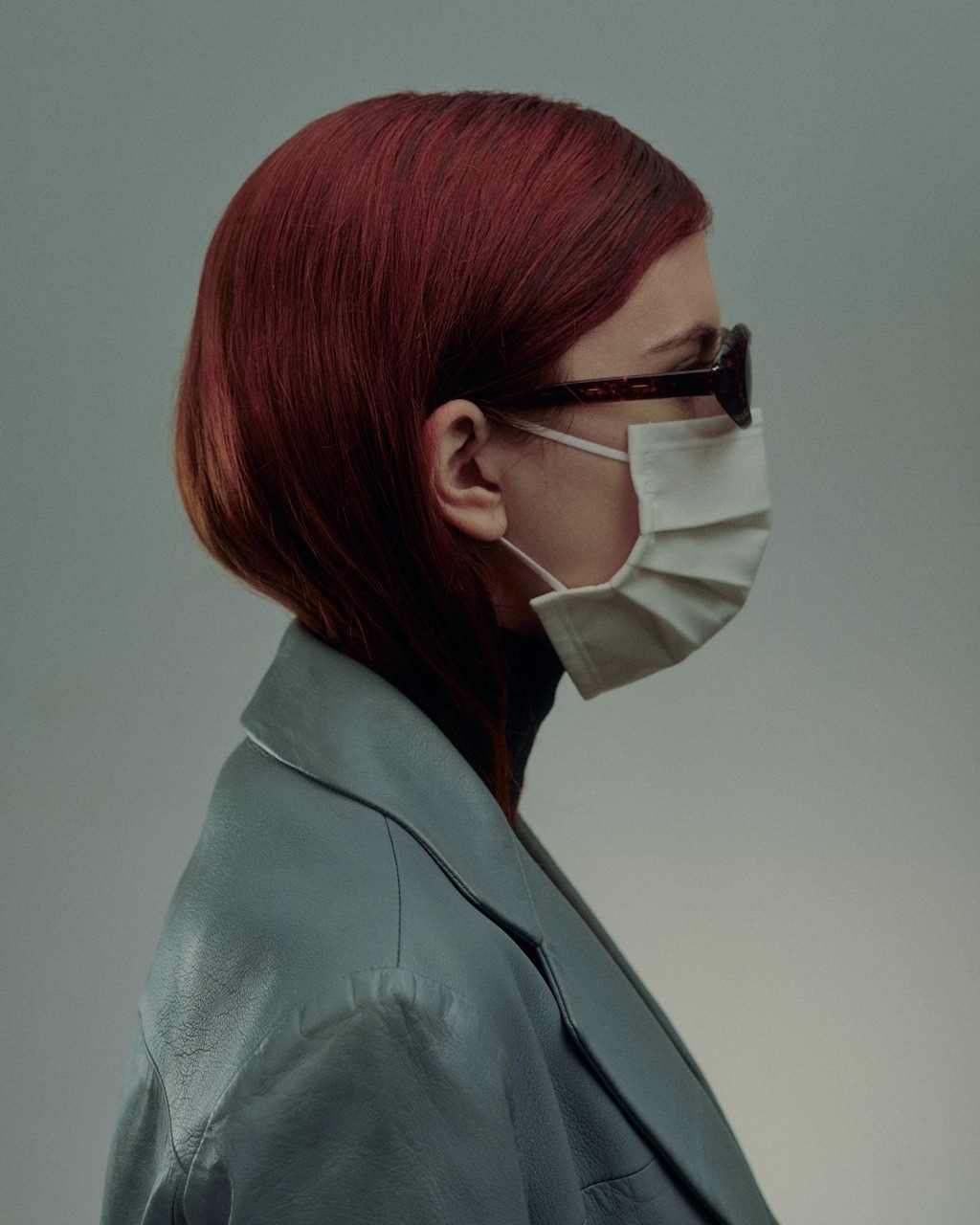
Regenerative Medicine
Regenerative medicine uses the body’s own cells and tissues to repair and rejuvenate the skin. Treatments such as platelet-rich plasma (PRP) and stem cell therapy can stimulate collagen production; and this arena of beauty procedures is a particularly fascinating feat between technology and the biofeedback nature of the human body. Also, my fave fashion girl Courtney Trop swears by PRP (vampire facials, basically) – saying that at 36 years old, her skin has never been healthier. Straight out of Dracula’s transhumanist dreams, PRP (platelet-rich plasma) facial is a cosmetic treatment that uses a person’s own blood to rejuvenate the skin. During the procedure, a small amount of blood is drawn from you, and placed in a centrifuge to separate the platelet-rich plasma from the rest of the blood components. The platelet-rich plasma is then injected into the skin using small needles or applied topically; with said platelets containing growth factors that can stimulate collagen production and promote healing, which can improve the texture and tone of the skin, reduce fine lines and wrinkles, and minimize the appearance of scars and sun damage. The PRP facial can be combined with microneedling or other treatments to enhance its effectiveness. Microneedling creates small punctures in the skin, which allows the PRP to penetrate more deeply into the skin layers and stimulate collagen production more effectively.
Dermapen is the only procedure (yet) that I’m acquainted with, and it’s cleared up some acne-scarring and skin texture issues I was having – in addition, I’m a shea butter girly, so I recommend this as a ‘return to the earth’s bounty’ treatment for acne-scarring and hydration. Dermapen uses a micro-needling device with a series of tiny needles to create controlled micro-injuries to the skin, creating small punctures in the skin that stimulate the body’s natural healing response, promoting collagen and elastin production.The depth of the needle penetration can be adjusted based on the patient’s individual needs and skin type. These micro-injuries trigger the body’s natural healing response, which involves the production of collagen and elastin, two proteins essential for maintaining the skin’s structure and elasticity, and their production in our bodies decrease with age. By promoting collagen and elastin production, this process can improve the texture and tone of the skin, reduce fine lines and wrinkles, and minimize the appearance of scars and sun damage. In addition to collagen and elastin production, these micro-injuries also help to increase the absorption of topical skincare products. After the procedure, the skin is more receptive to topical treatments such as serums, creams, and other skincare products – retinol, Vitamin C, glycolics etc, which is a whole other realm in skincare’s holy grail. Dermapen has minimal down-time, although the redness I’ve experienced (particularly after my third session) is truly a sight to behold; so keep out of the sun, and keep that Zoom camera-turned off for at least a day or two.
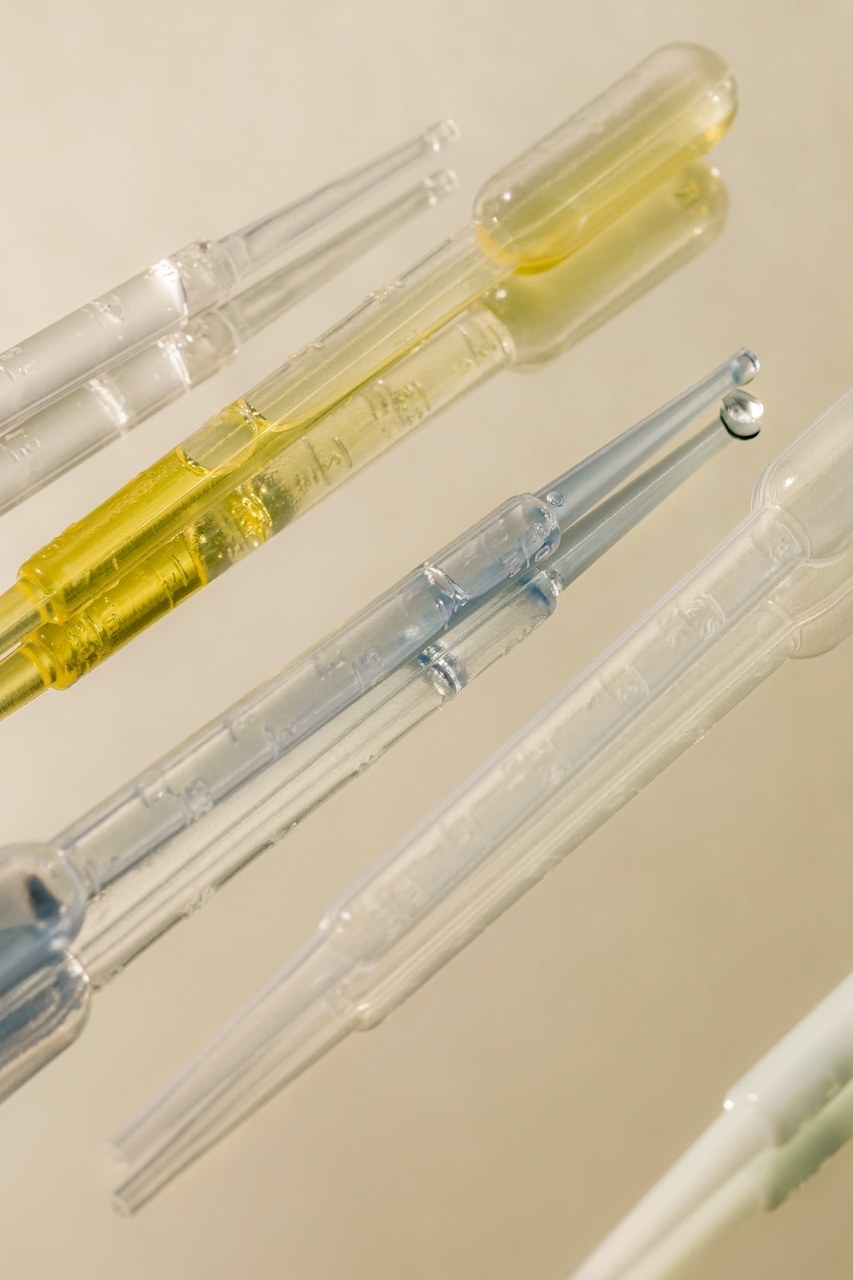
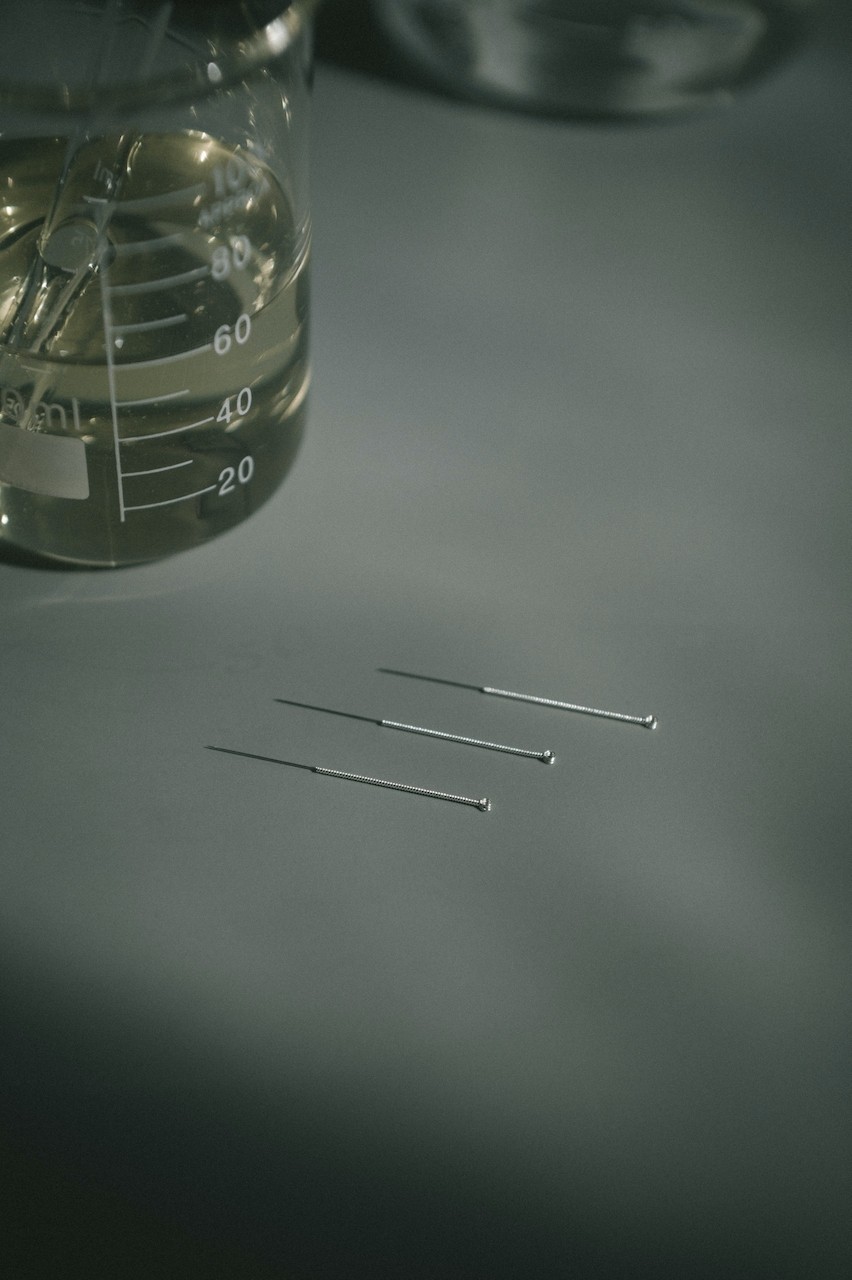
Anti-Aging Treatments
Finally, medical science has played a significant role in the development of anti-aging treatments, such as topical creams, injectables, and lasers, which can help to reduce the appearance of wrinkles and fine lines. I think aging gracefully is a beautiful thing; we earn our wrinkles and lines as etchings of wisdom and living. For me, the perfect balance of using what science has to offer, and being true to aging, is characterized by designer Isabel Marant. A few to keep in mind are chemical peels, a type of exfoliating treatment that can remove dead skin cells, stimulate collagen production, and improve the appearance of fine lines, wrinkles, and sun damage. Then, laser resurfacing is a non-invasive treatment that uses laser energy to stimulate collagen production, reduce the appearance of fine lines and wrinkles, and improve the overall texture and tone of the skin.
Among the many titans of active skincare ingredients, there is the holy trinity: Retinol, vitamin C, and glycolic acid. Each of these ingredients has unique properties and benefits for the skin. Retinol is a derivative of vitamin A and can stimulate collagen production, increase cell turnover, and reduce the appearance of fine lines, wrinkles, and age spots. Retinol can also help to unclog pores and reduce acne. Vitamin C is a powerful antioxidant that can help protect the skin from environmental damage, such as pollution and UV rays. It can also brighten the skin and improve the appearance of dark spots and hyperpigmentation. Vitamin C can stimulate collagen production, helping to reduce the appearance of fine lines and wrinkles. Glycolic acid is an alpha-hydroxy acid (AHA) that exfoliates the skin by removing dead skin cells and promoting cell turnover – I swear by The Ordinary Glycolic Toner, which has lasted me over a year. It can improve the texture and tone of the skin, reduce the appearance of fine lines and wrinkles, and help to unclog pores. Glycolic acid can also improve the skin’s hydration levels and stimulate collagen production. When using skincare products containing these active ingredients, it’s important to follow the instructions carefully and start slowly to avoid irritation; especially if you have sensitive skin. It’s also important to wear sunscreen daily to protect the skin from further damage – which, as the best in the business will tell you, is the single most important skincare ritual.
Lastly, and the only ‘cosmetic procedure’ I’ll explain, is the recently trending buccal fat removal. Has it ever dawned on you how celebs and models seem to have the most insane cheek-bone structure? Well, it has been widely circulated that this is rarely a feat of genetics; rather, it’s the removal of excess fat from the cheeks. The buccal fat pad is a layer of fat that sits beneath the cheekbones and helps to provide fullness to the cheeks. In some people, this fat pad can be more prominent than desired, leading to a rounder, fuller appearance of the face. During buccal fat removal, a small incision is made inside the mouth, and the surgeon removes a portion of the buccal fat pad. The procedure typically takes less than an hour and is performed under local anesthesia or general anesthesia. The results of buccal fat removal are immediate, and the outcome is a slimmer, more contoured appearance to the cheeks. However, it’s important to note that buccal fat removal is a permanent procedure, and the amount of fat removed cannot be replaced.

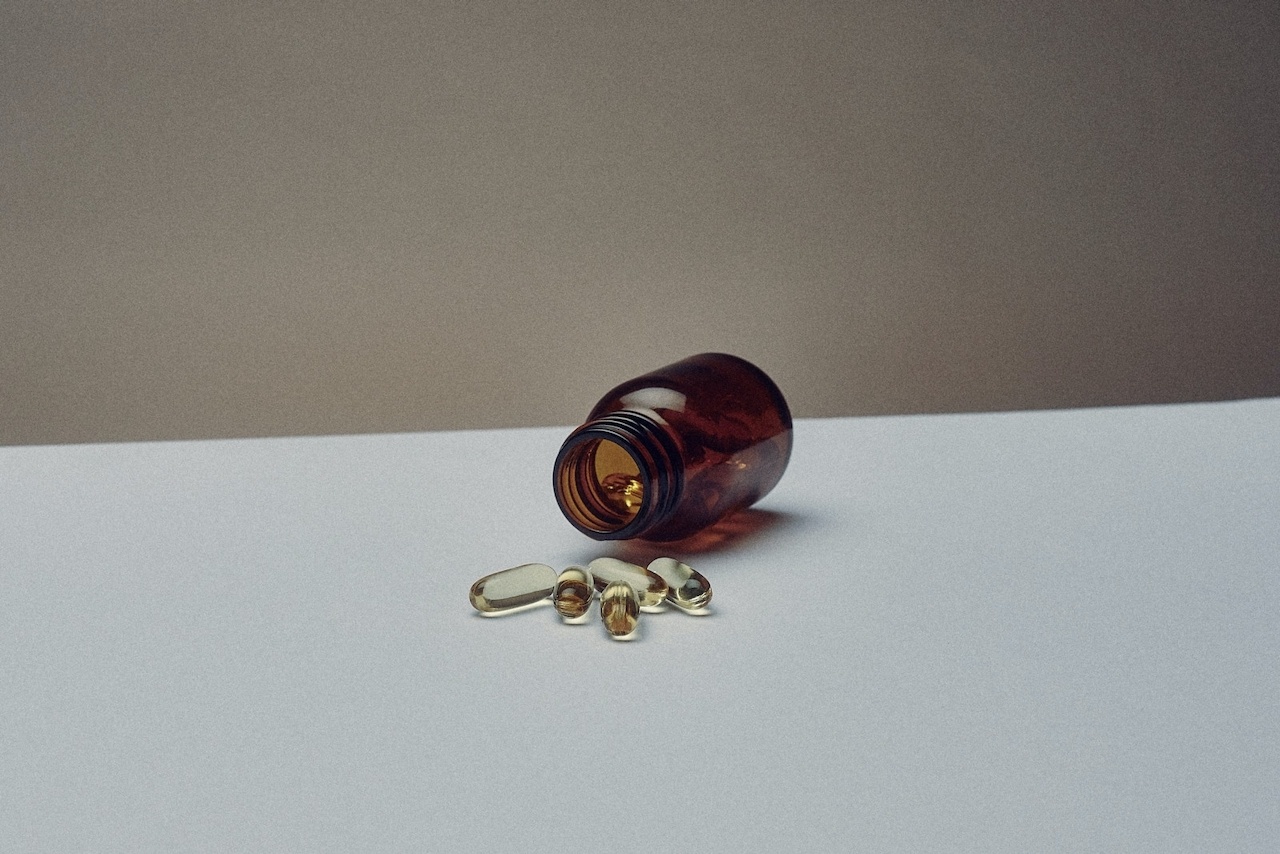
So, whether you choose to use a serum or get a lil ‘tox to the forehead, no one is judging. As long as these are things we do for ourselves, and not because we are bending to pressure or some bizarre face filter app; the world is getting more and more complex with science and technology leading the way, and why shouldn’t we experiment too, within reason? In and amongst it all, we can thank Mother Nature for the water which hydrates us, the food which nourishes us, and the fact that beauty is very much a subjective, deep perspective held differently and uniquely by all.
Written by: Holly Beaton
For more news, visit the Connect Everything Collective homepage www.ceconline.co.za

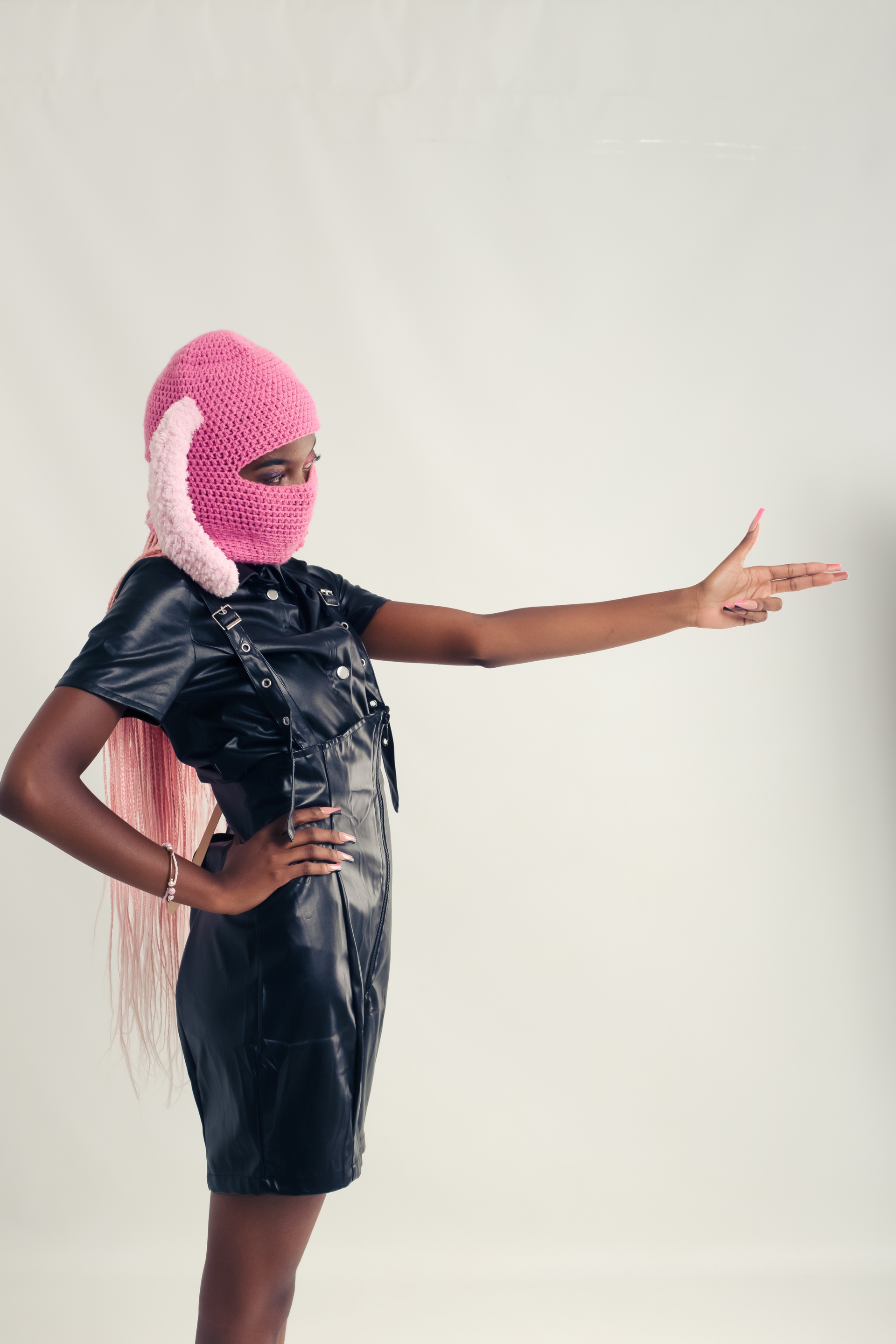
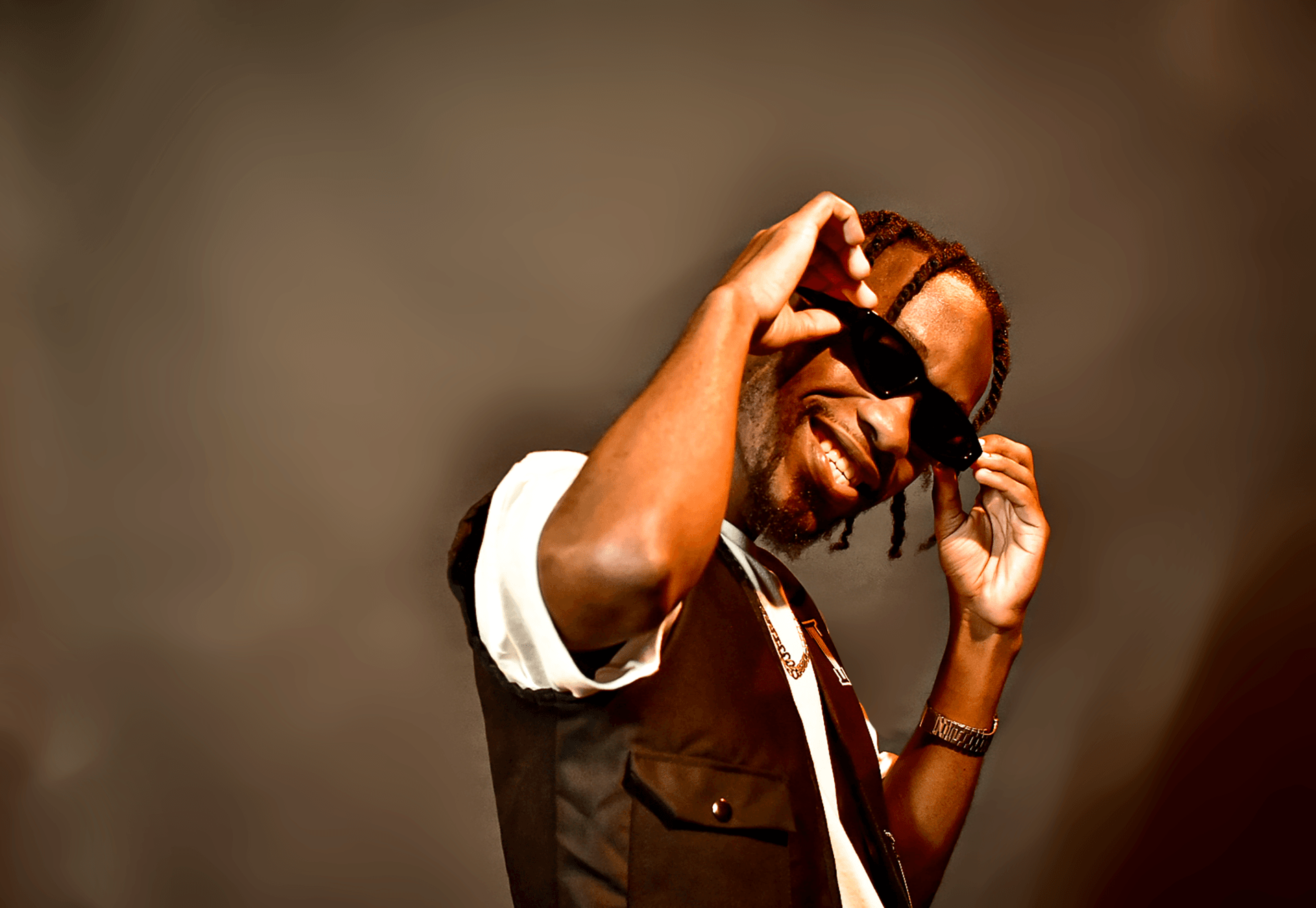
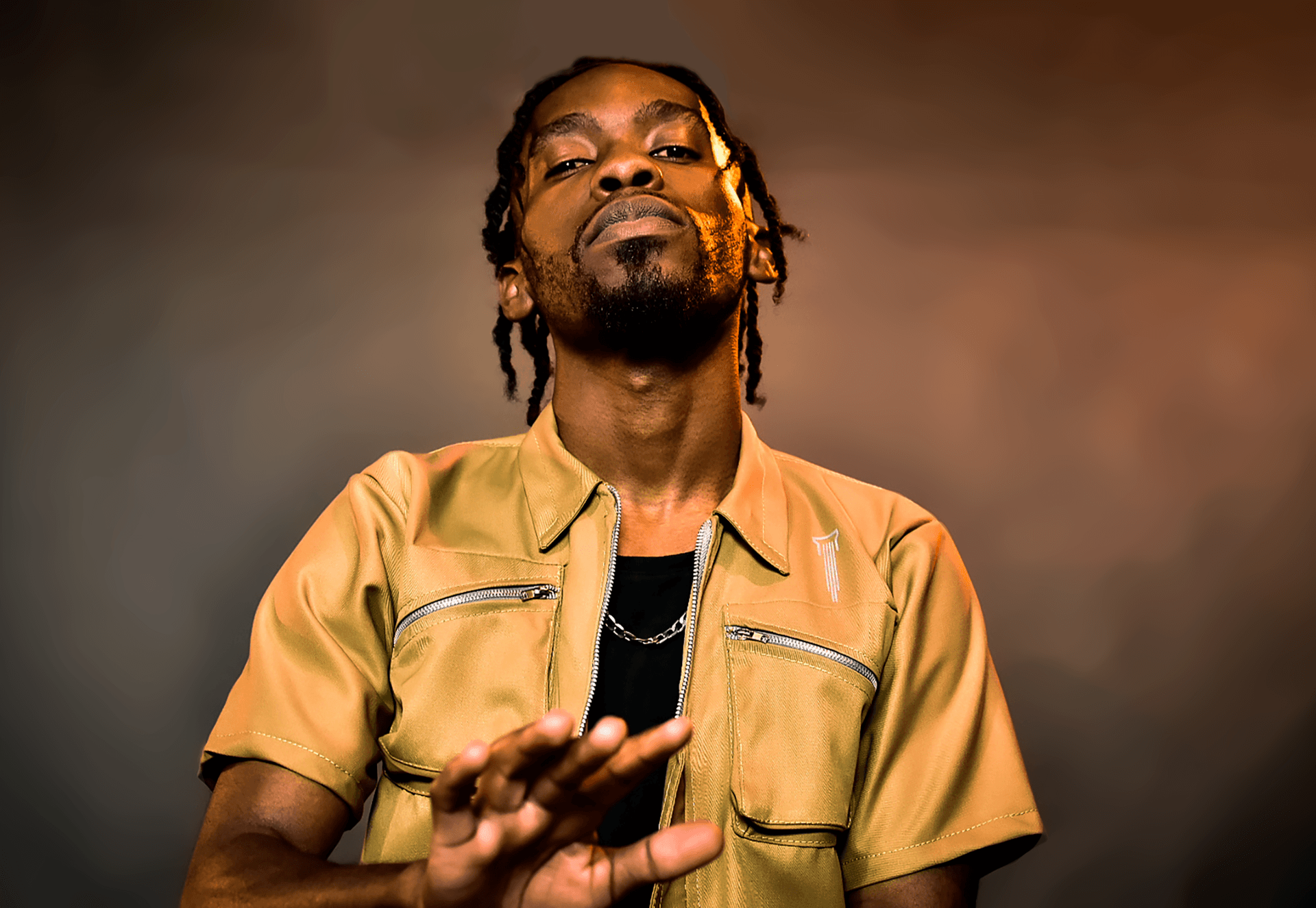
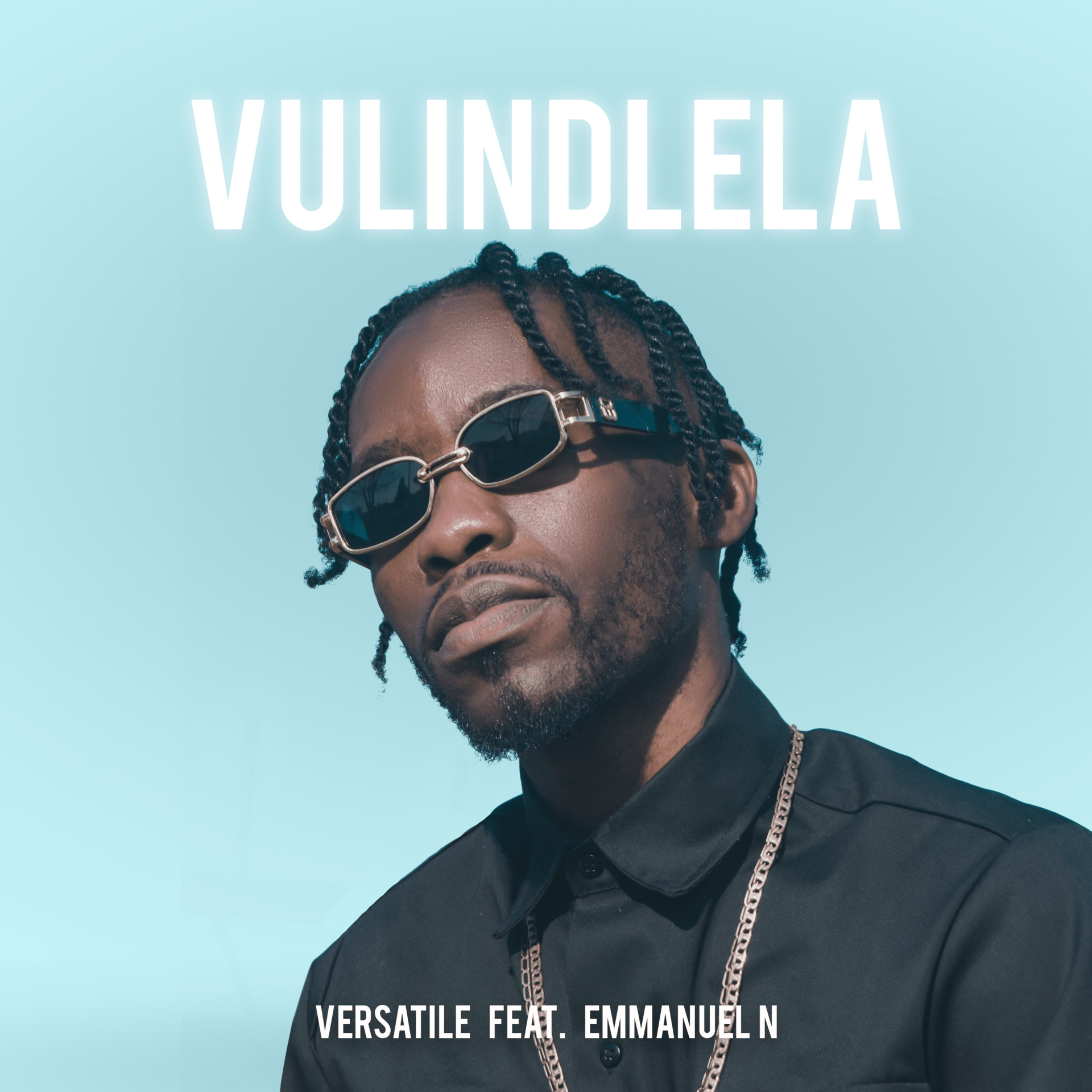
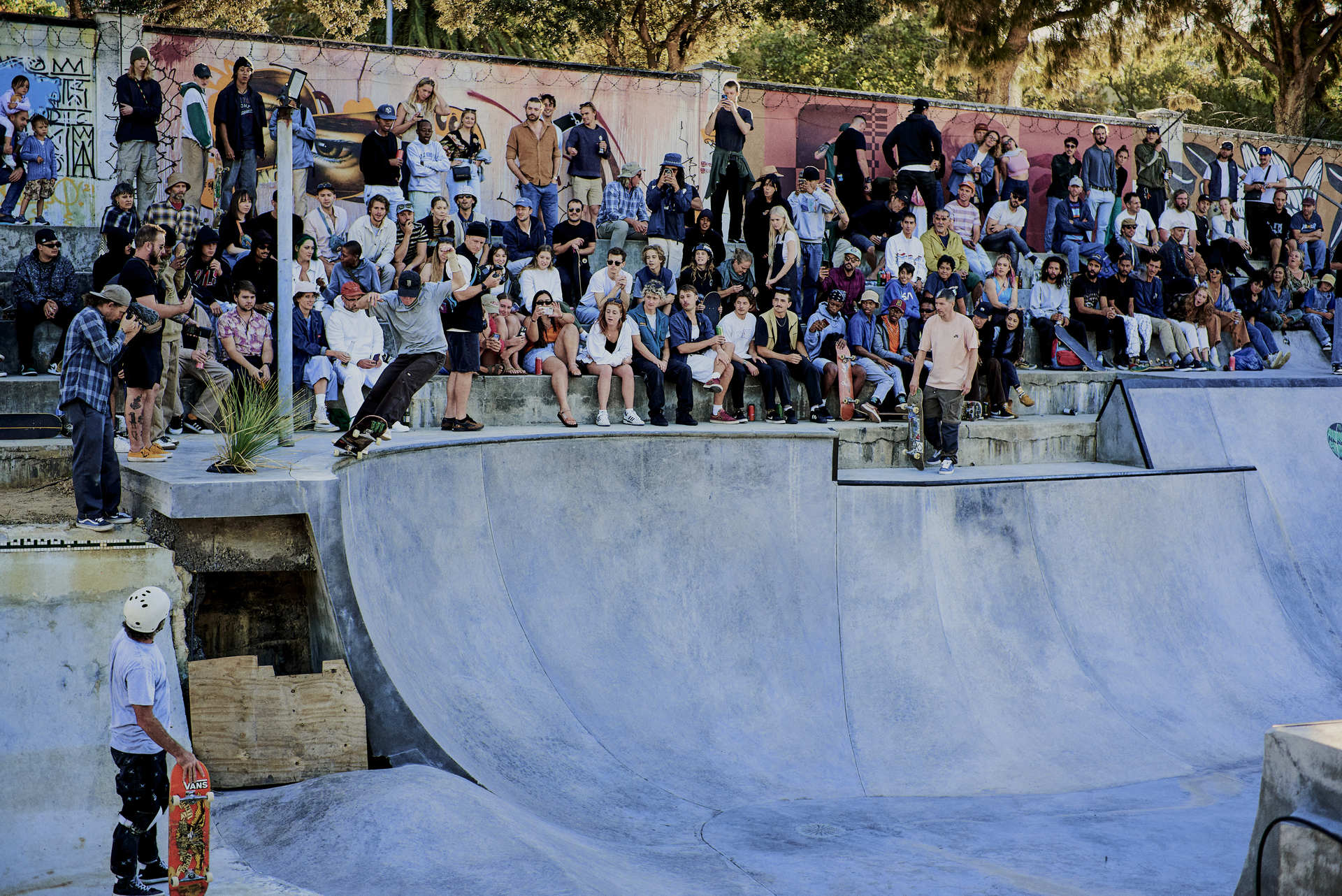
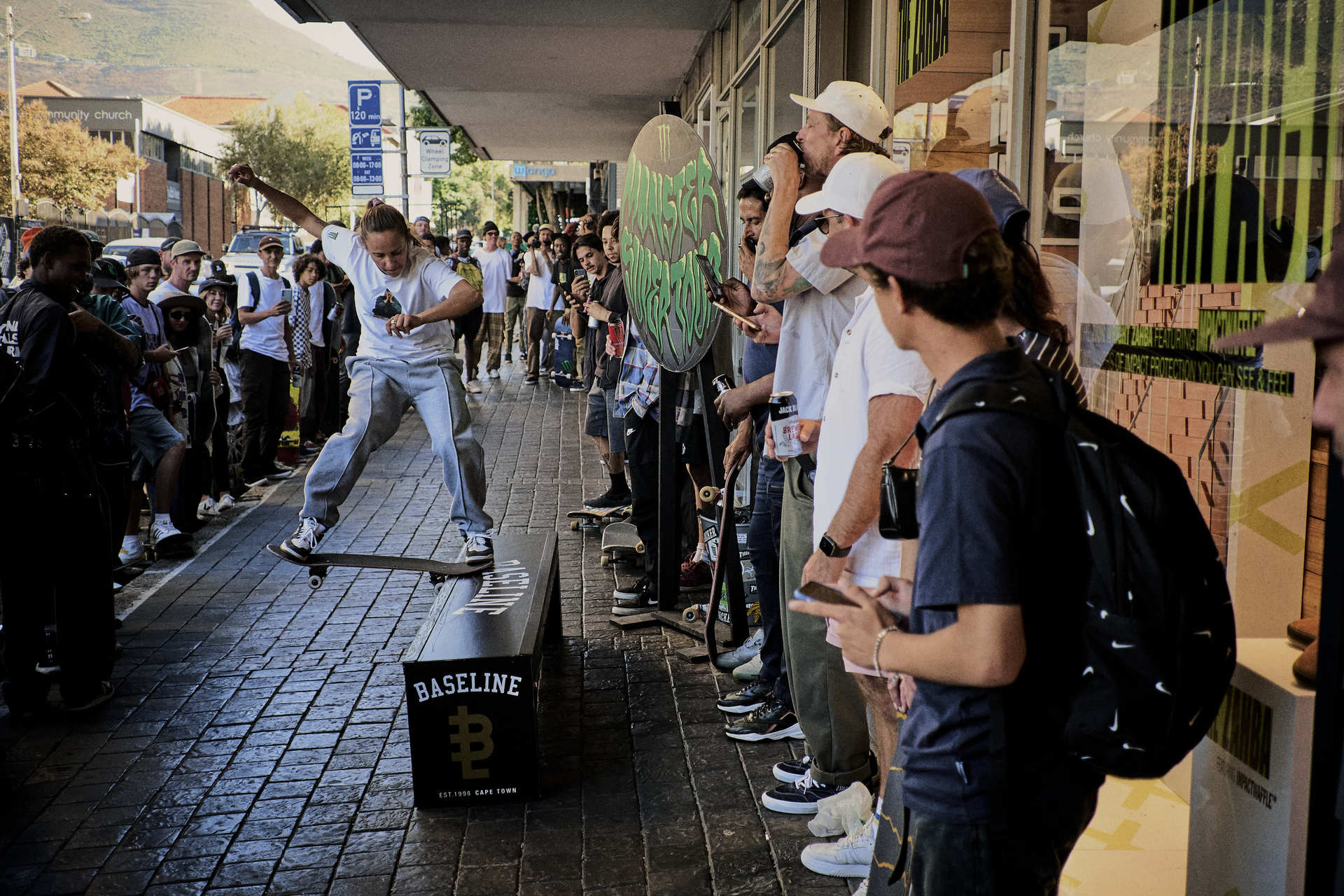
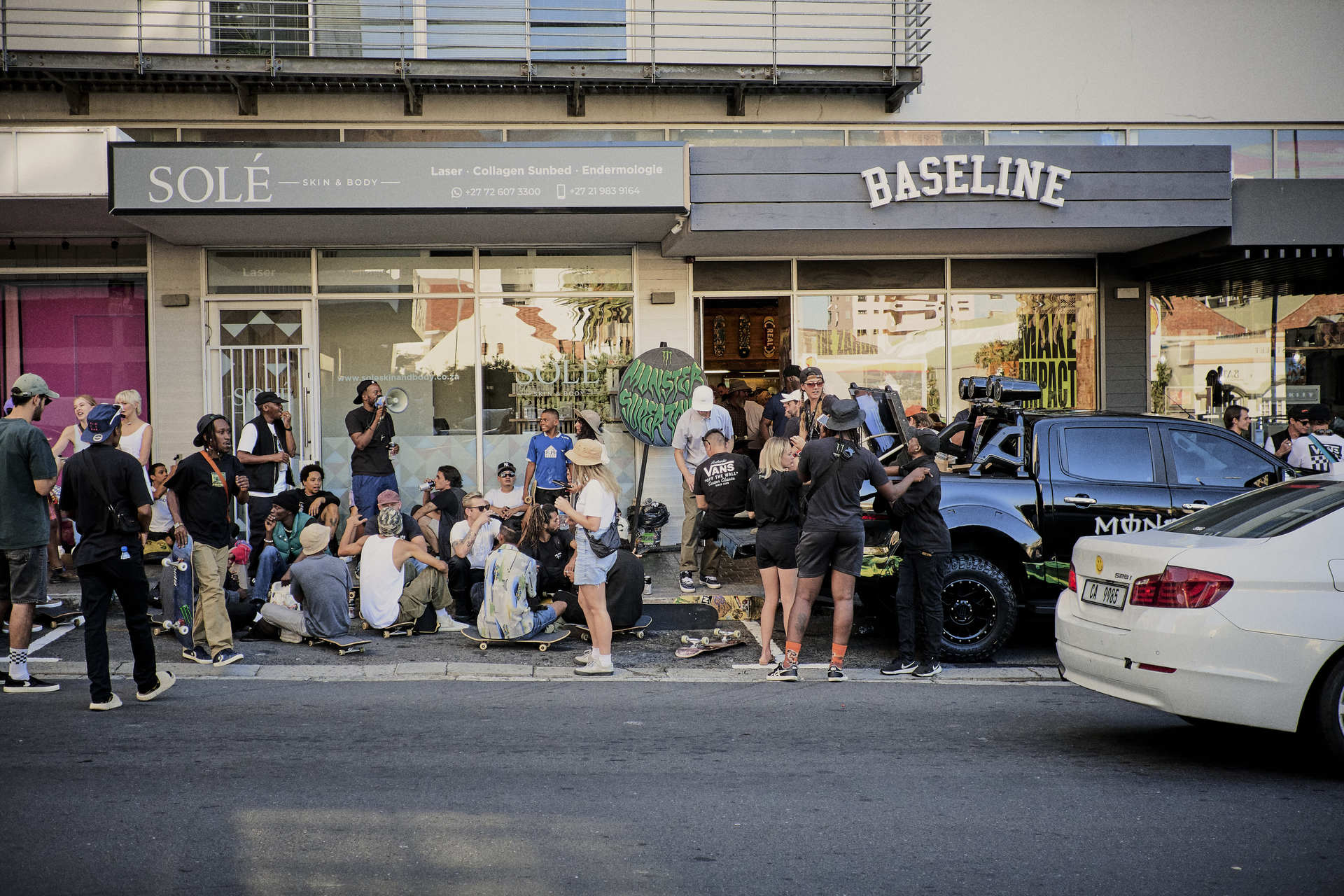
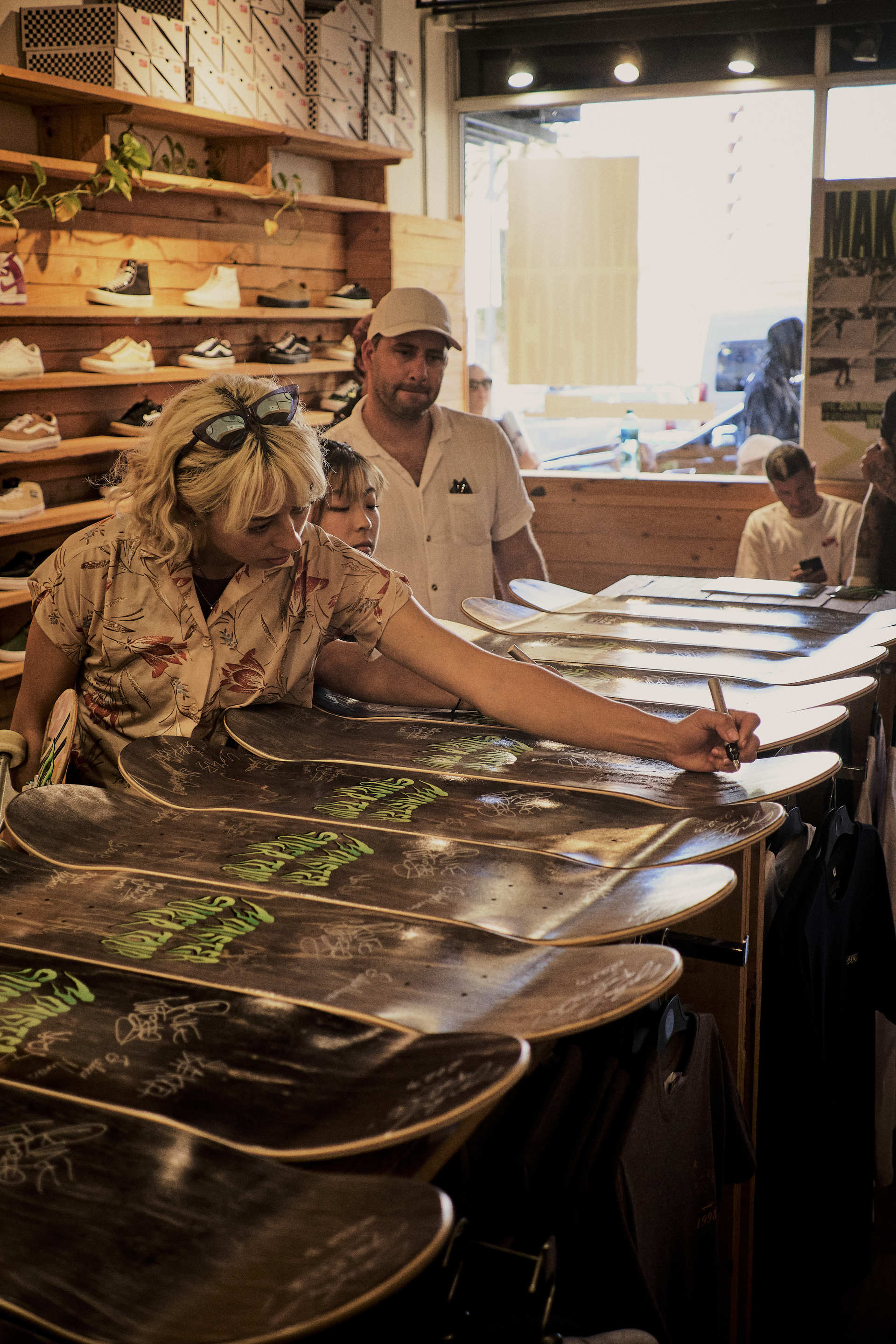


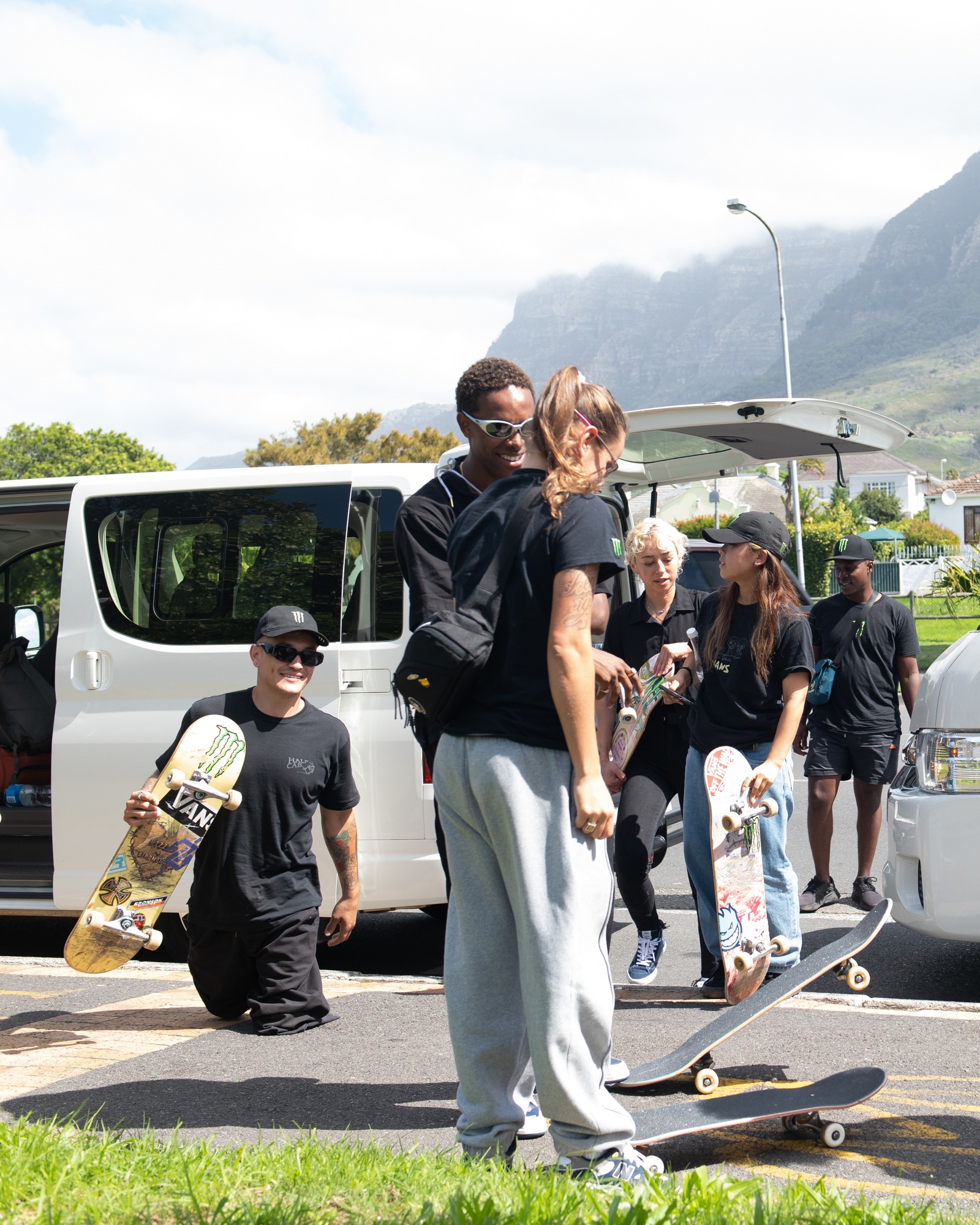
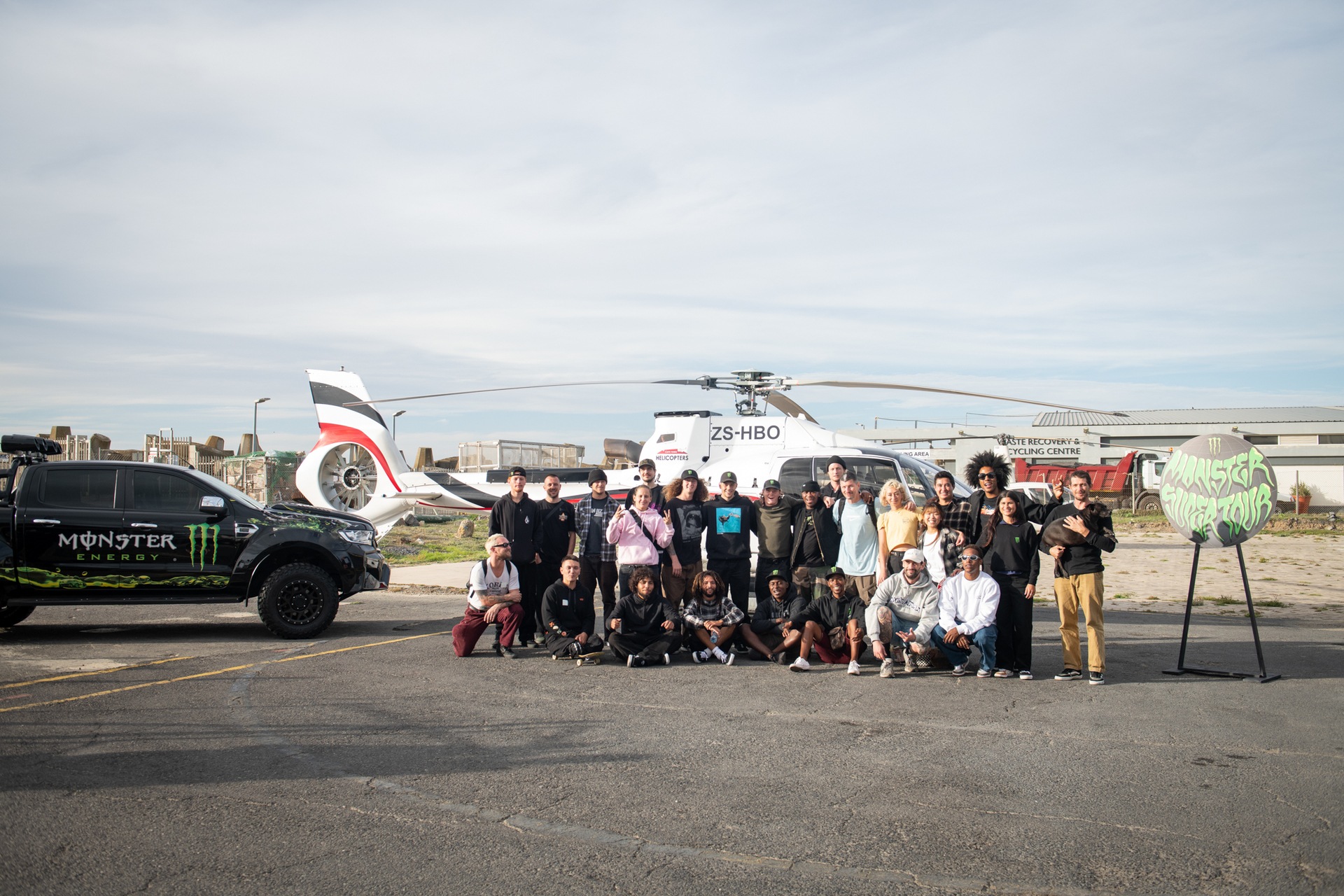
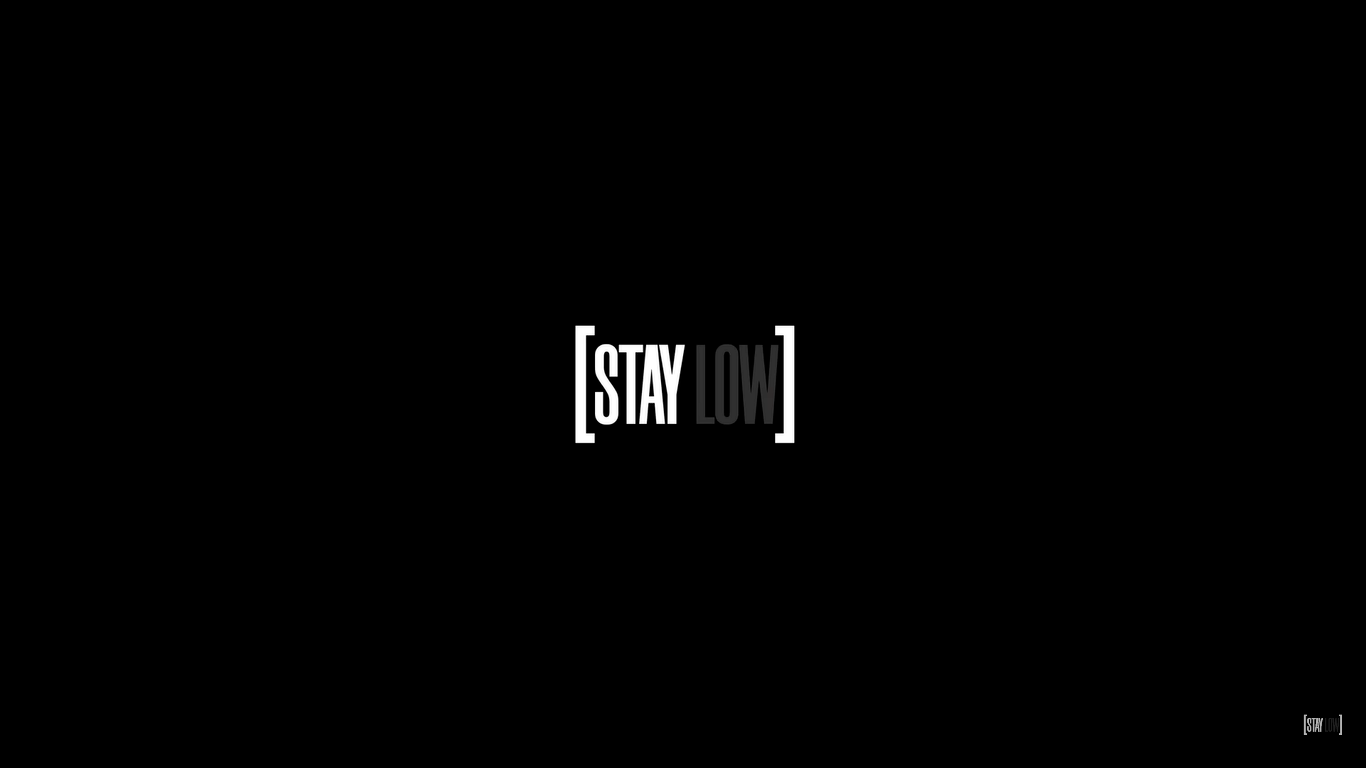
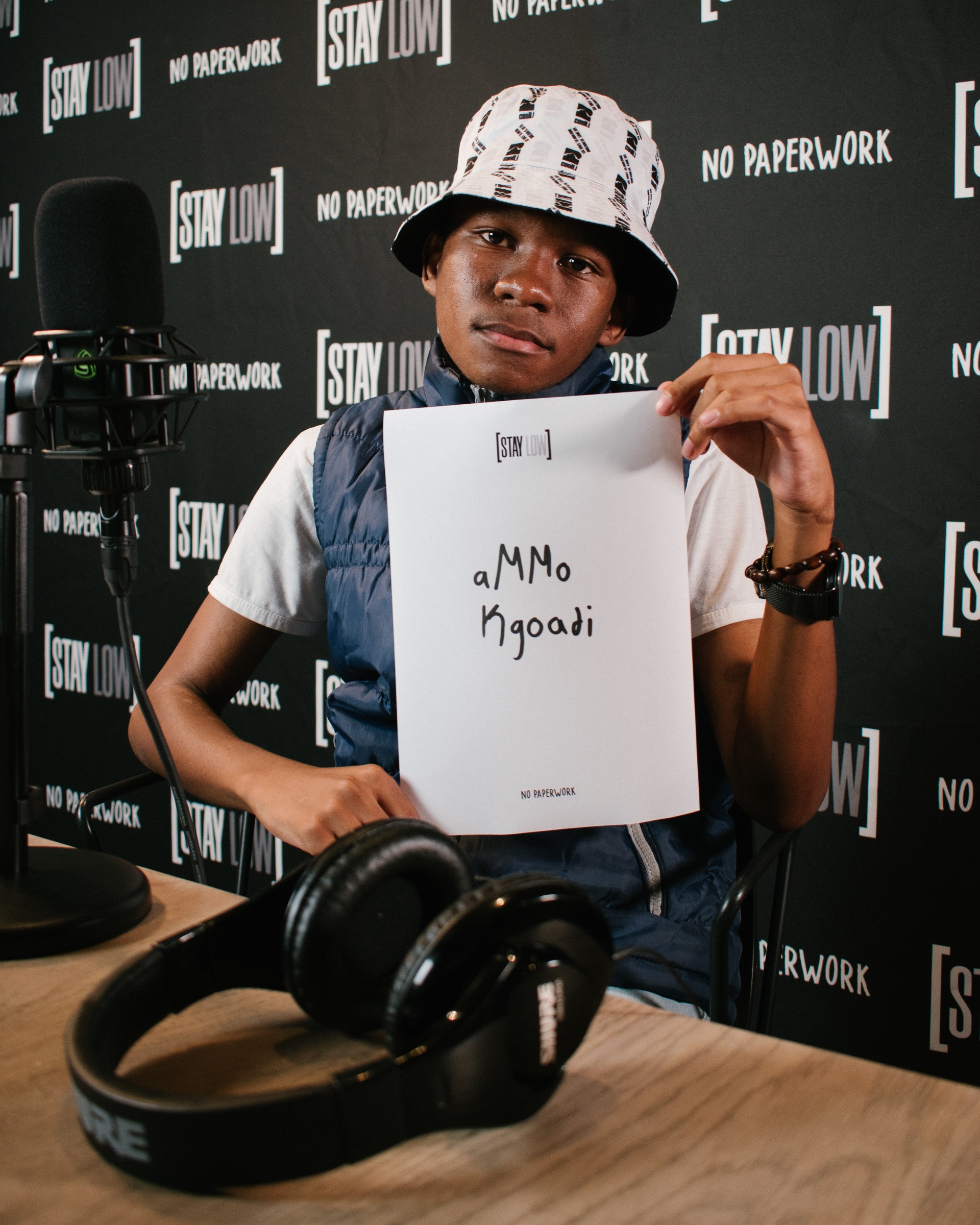

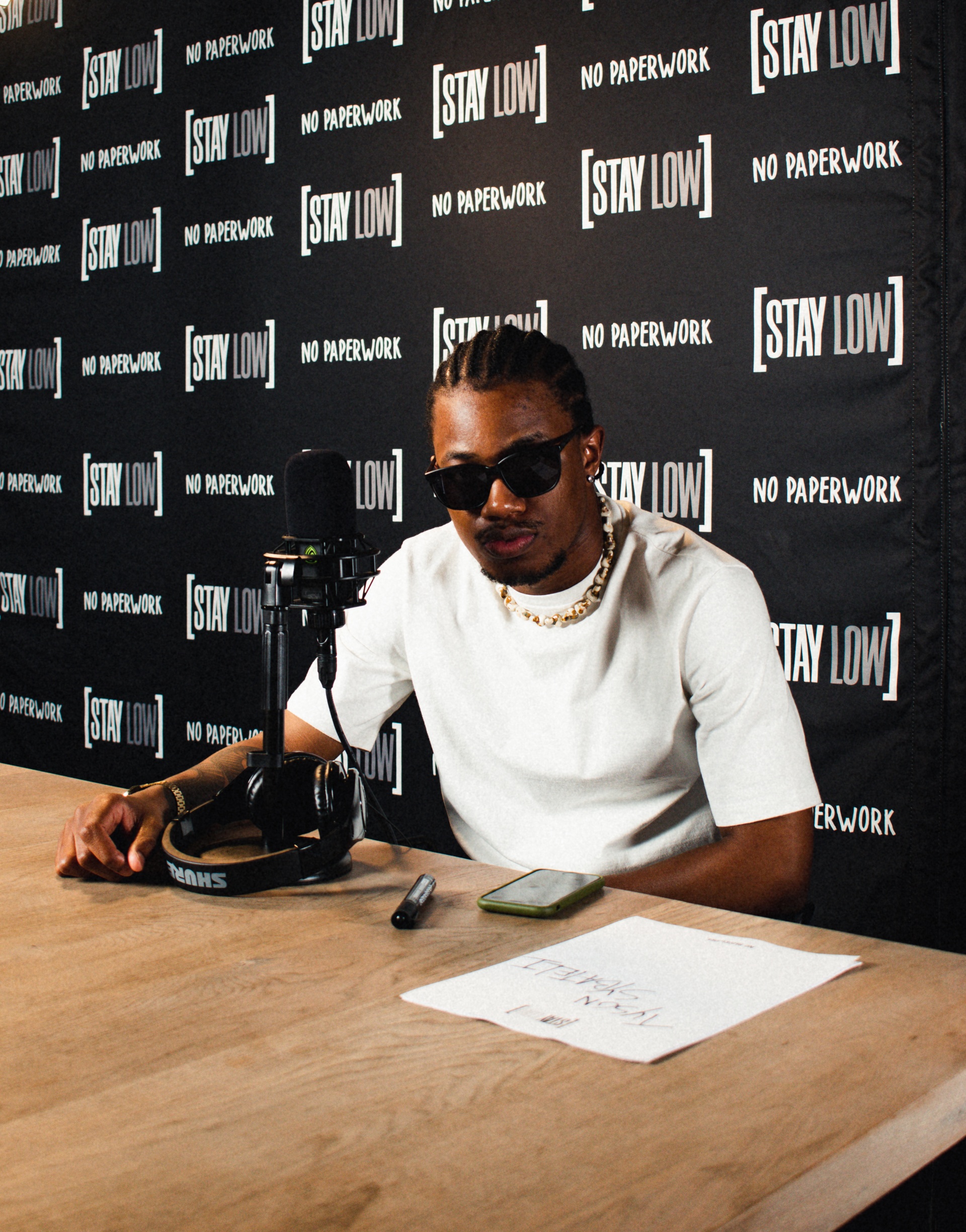
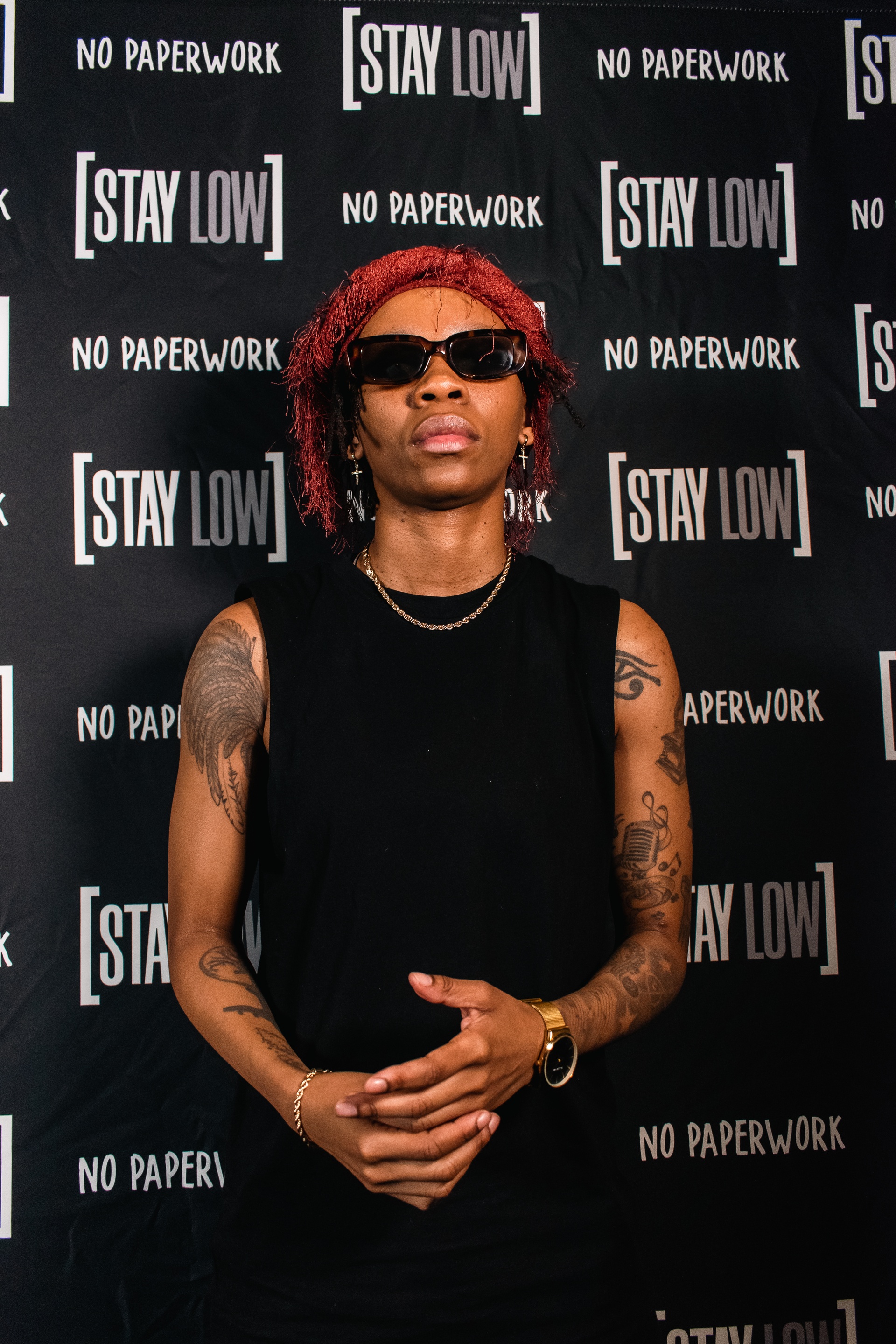
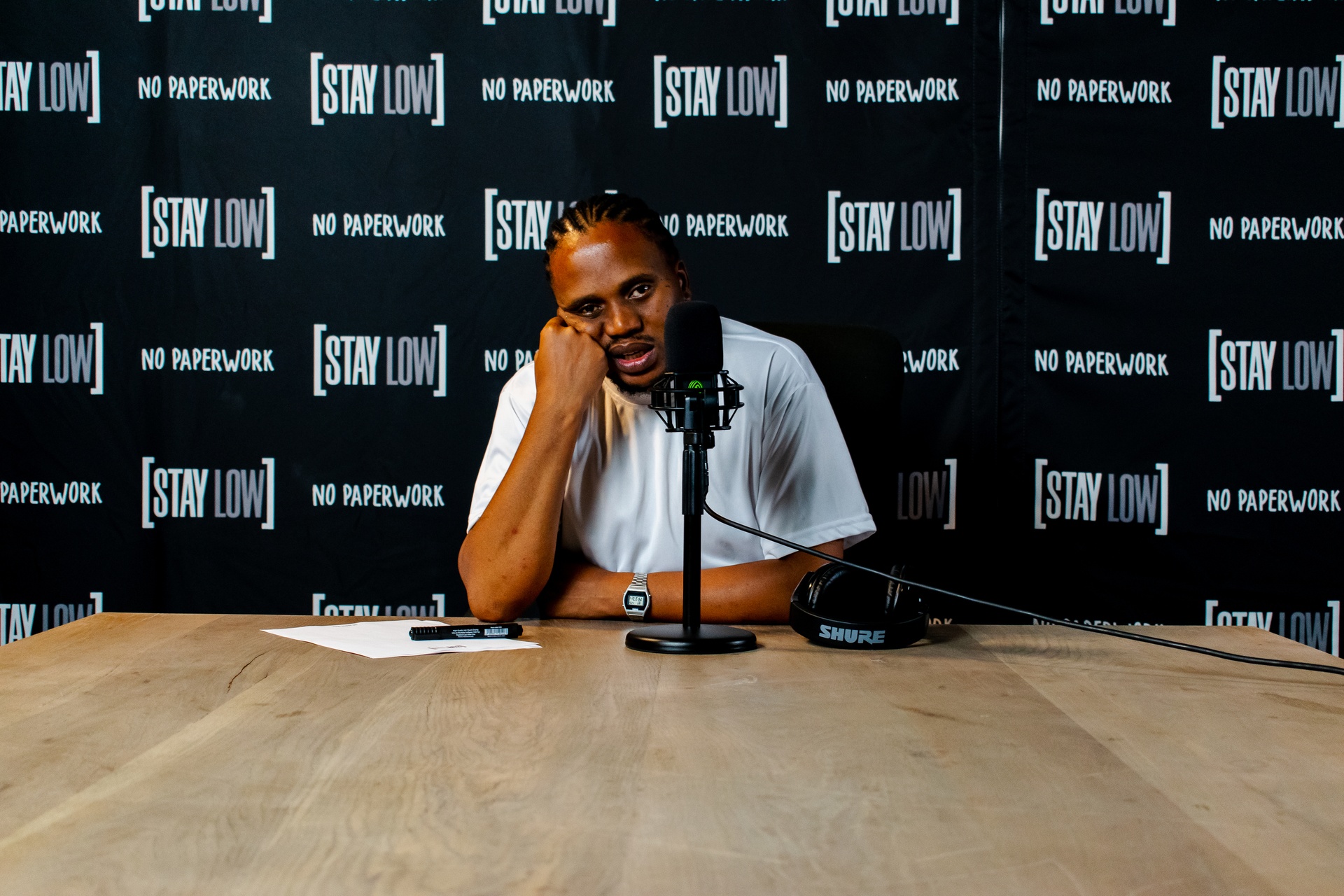
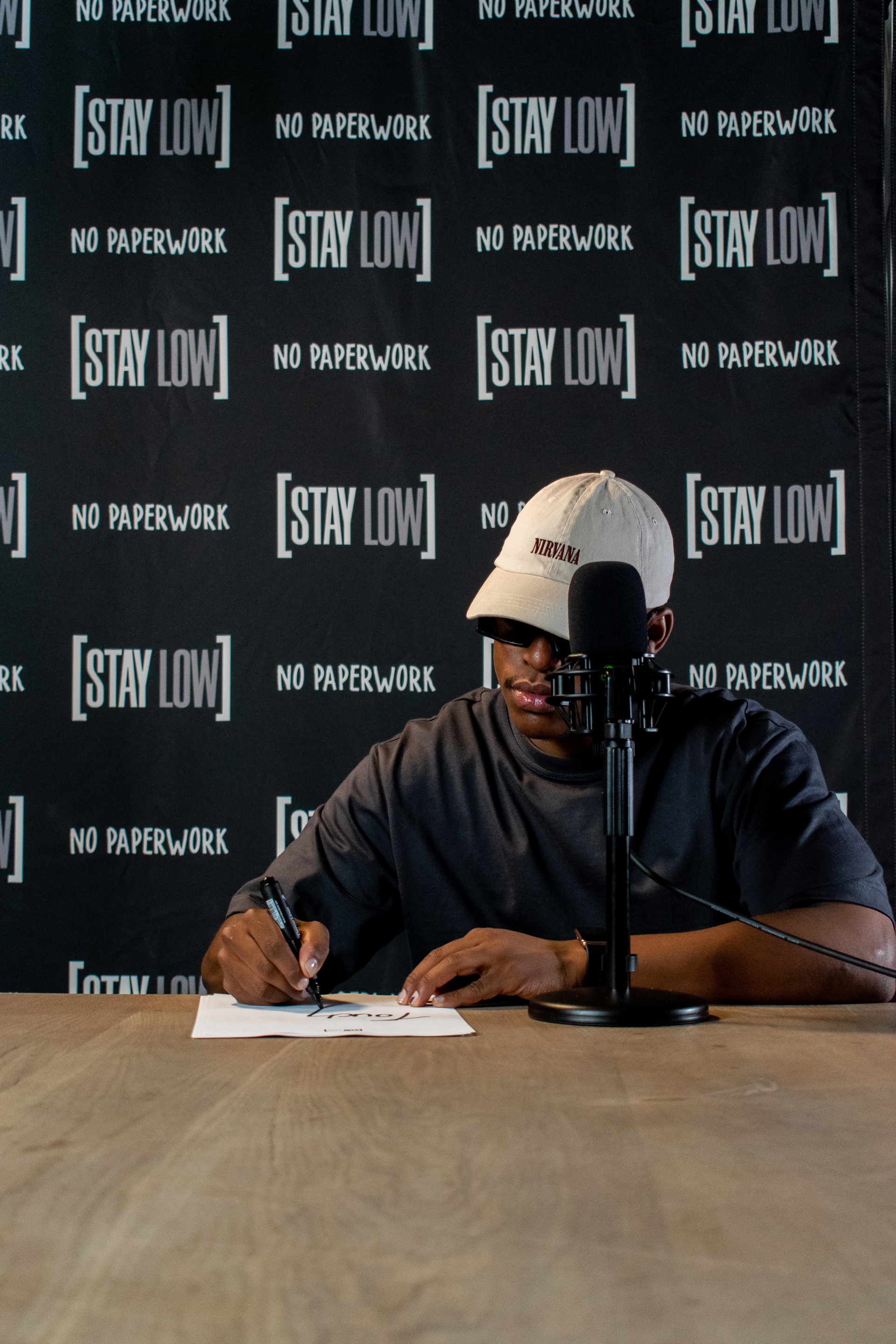
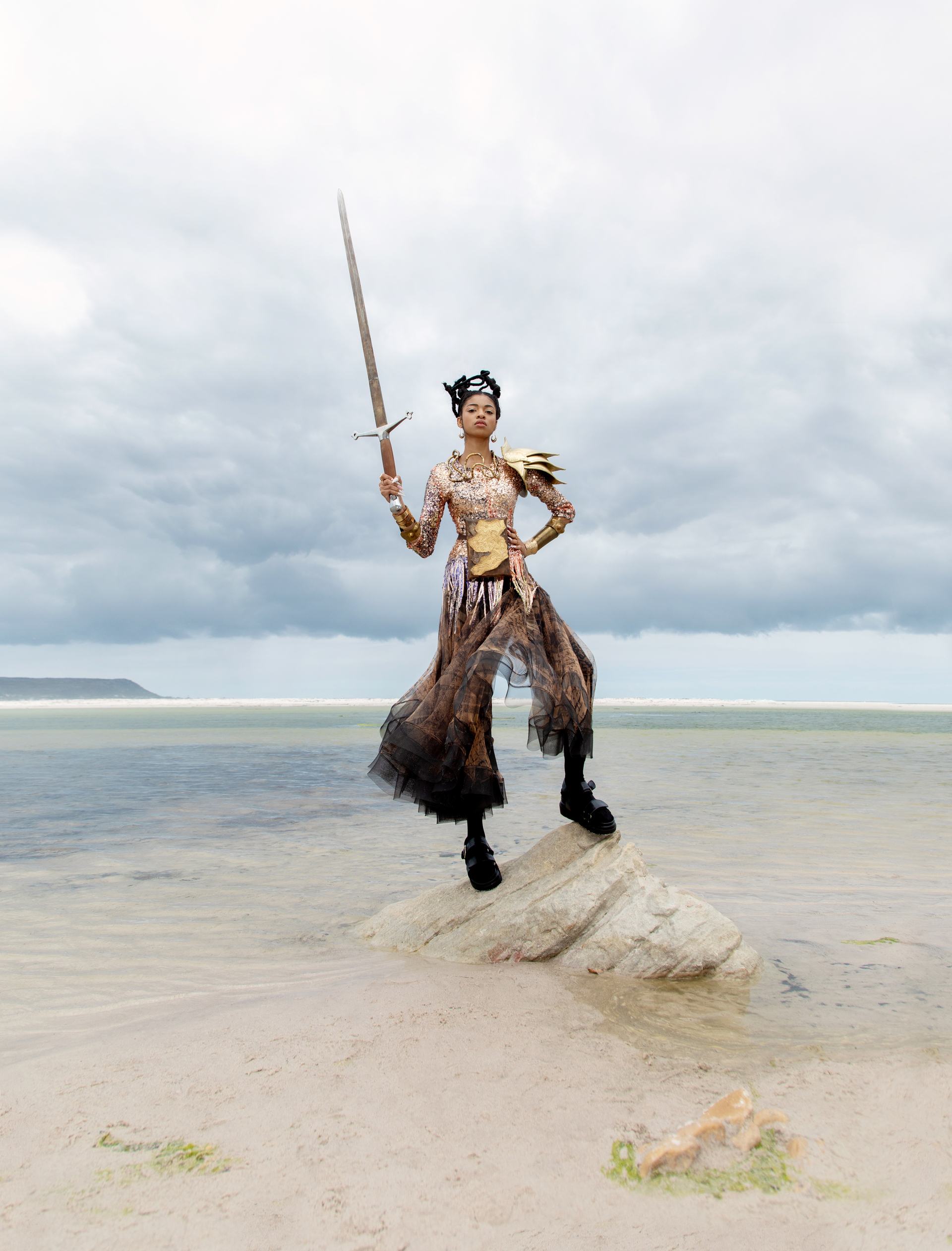
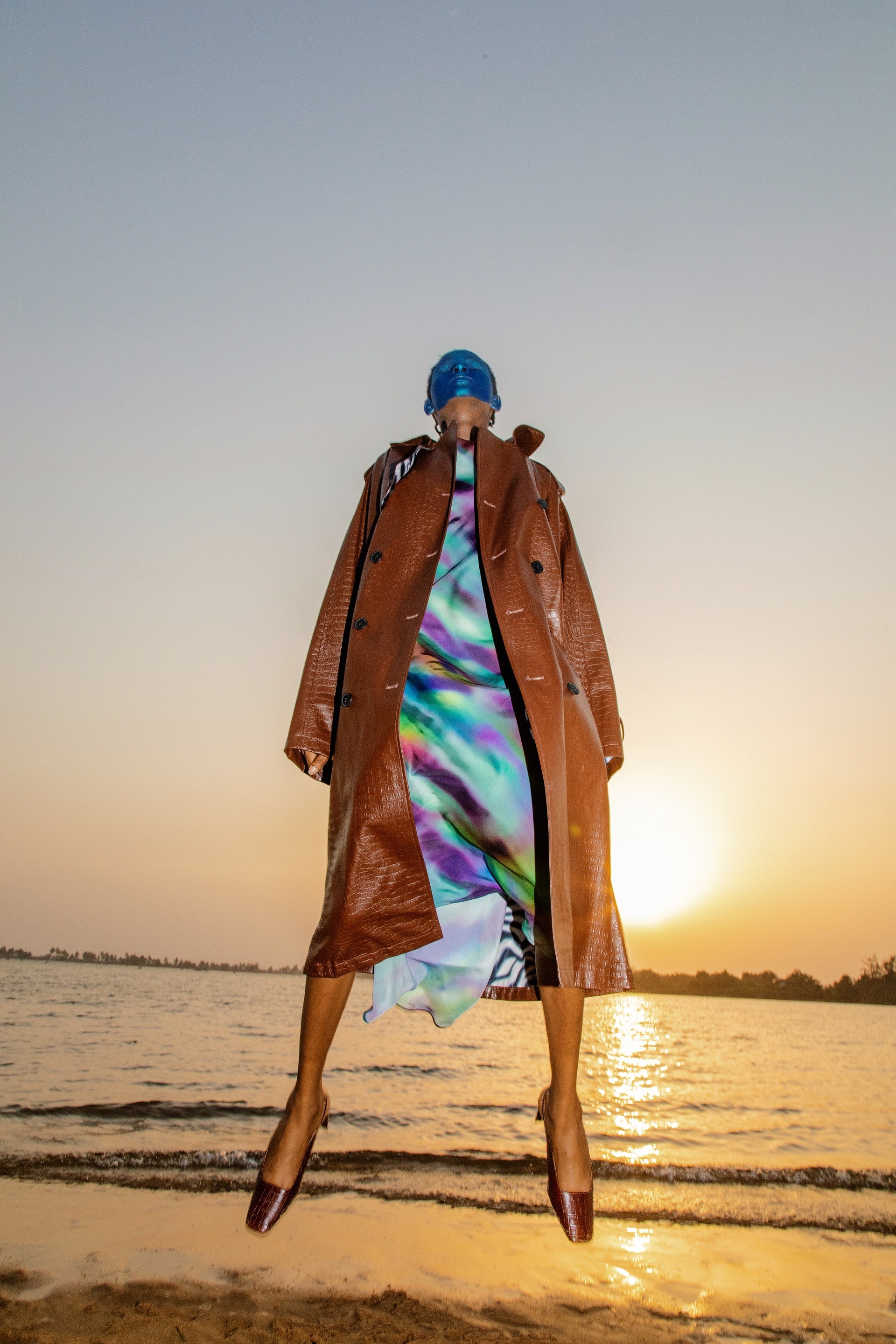
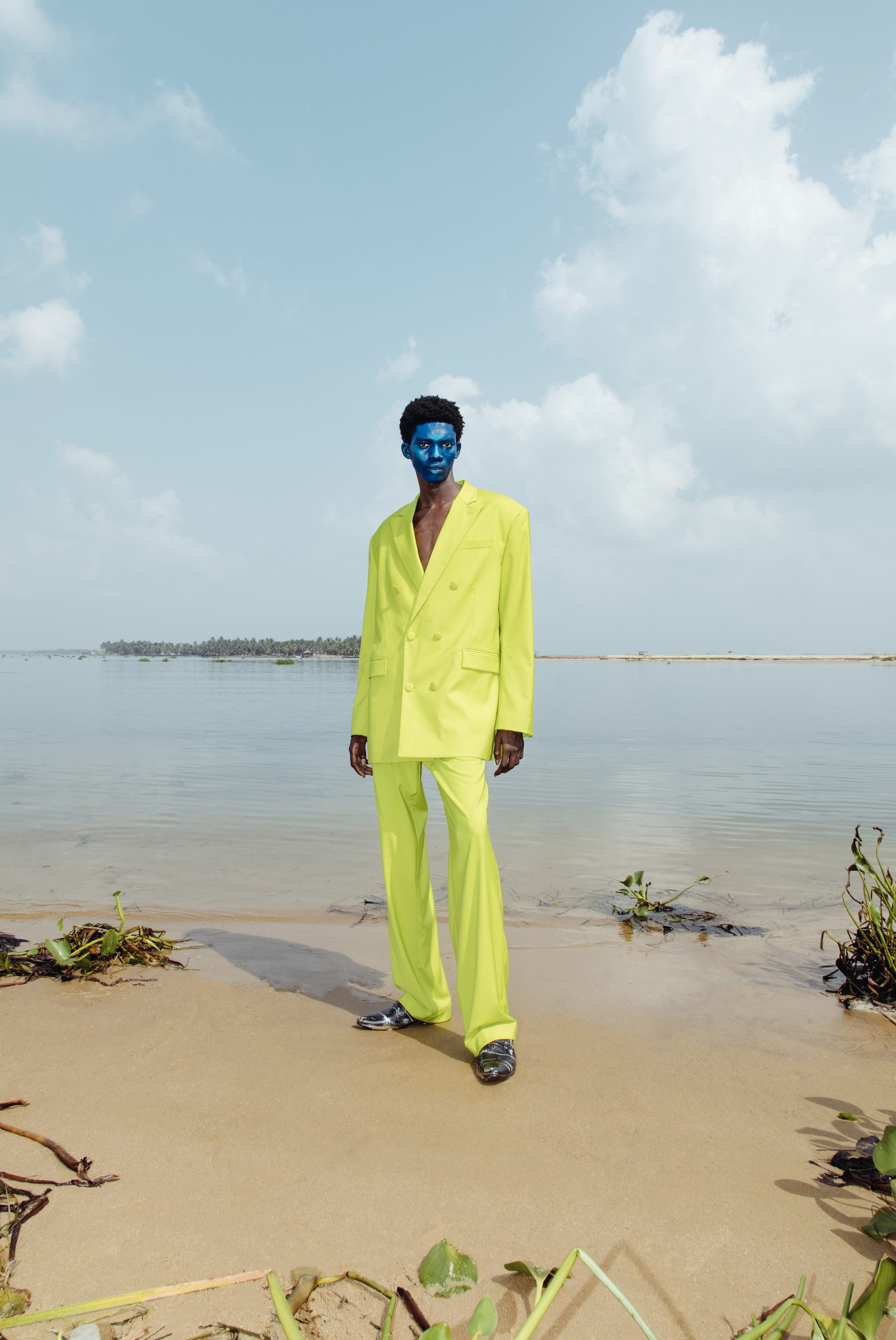


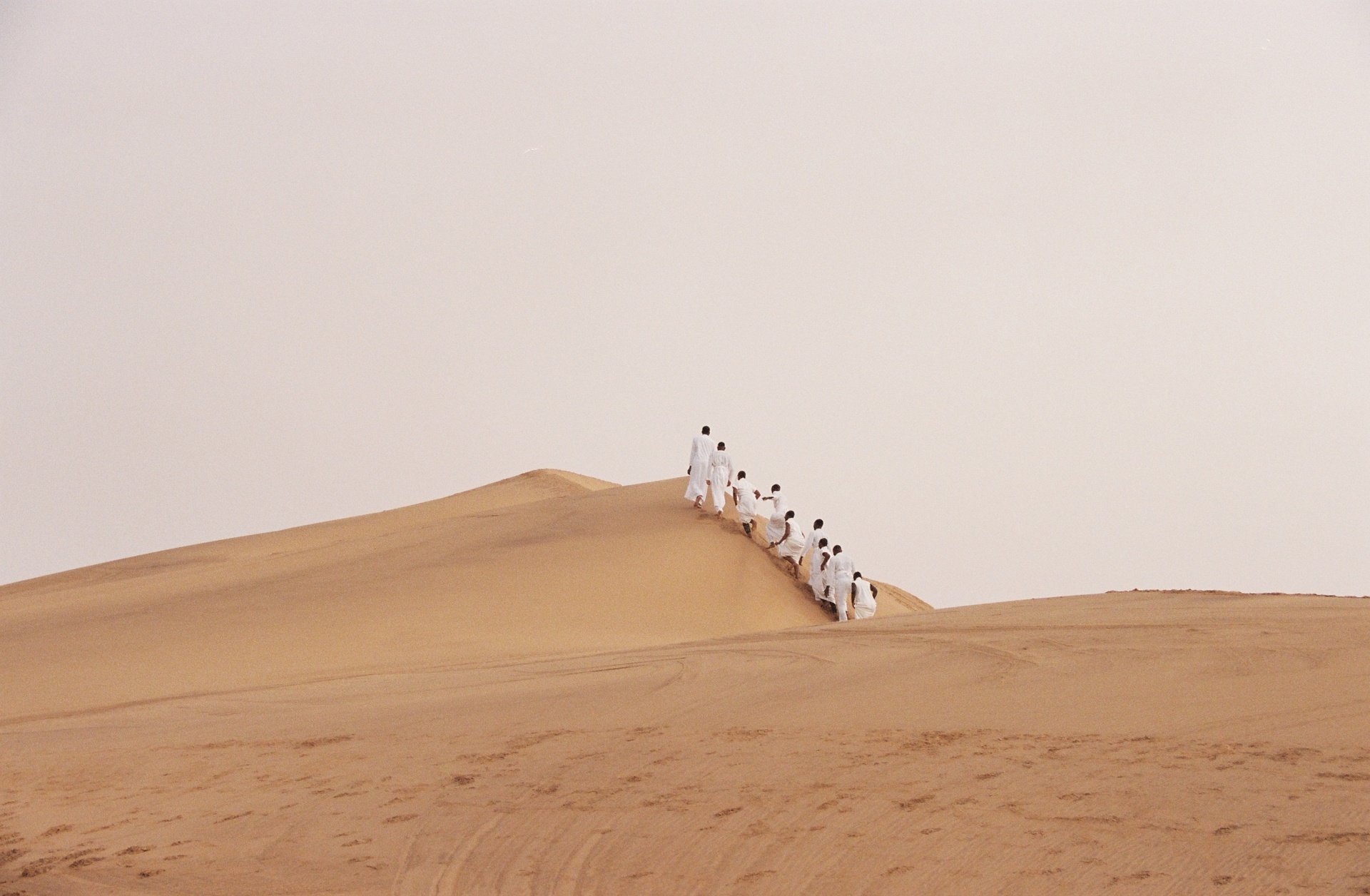


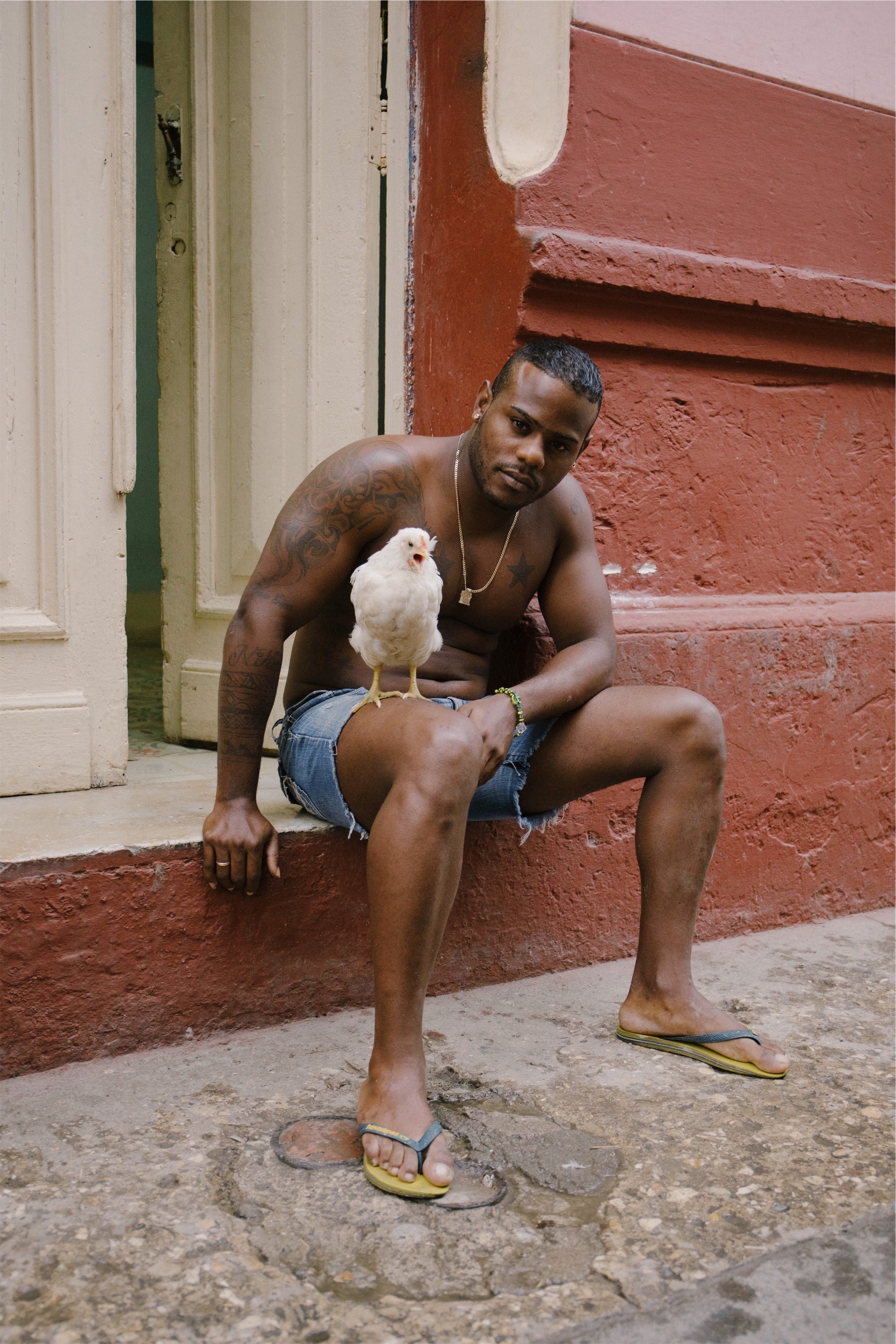
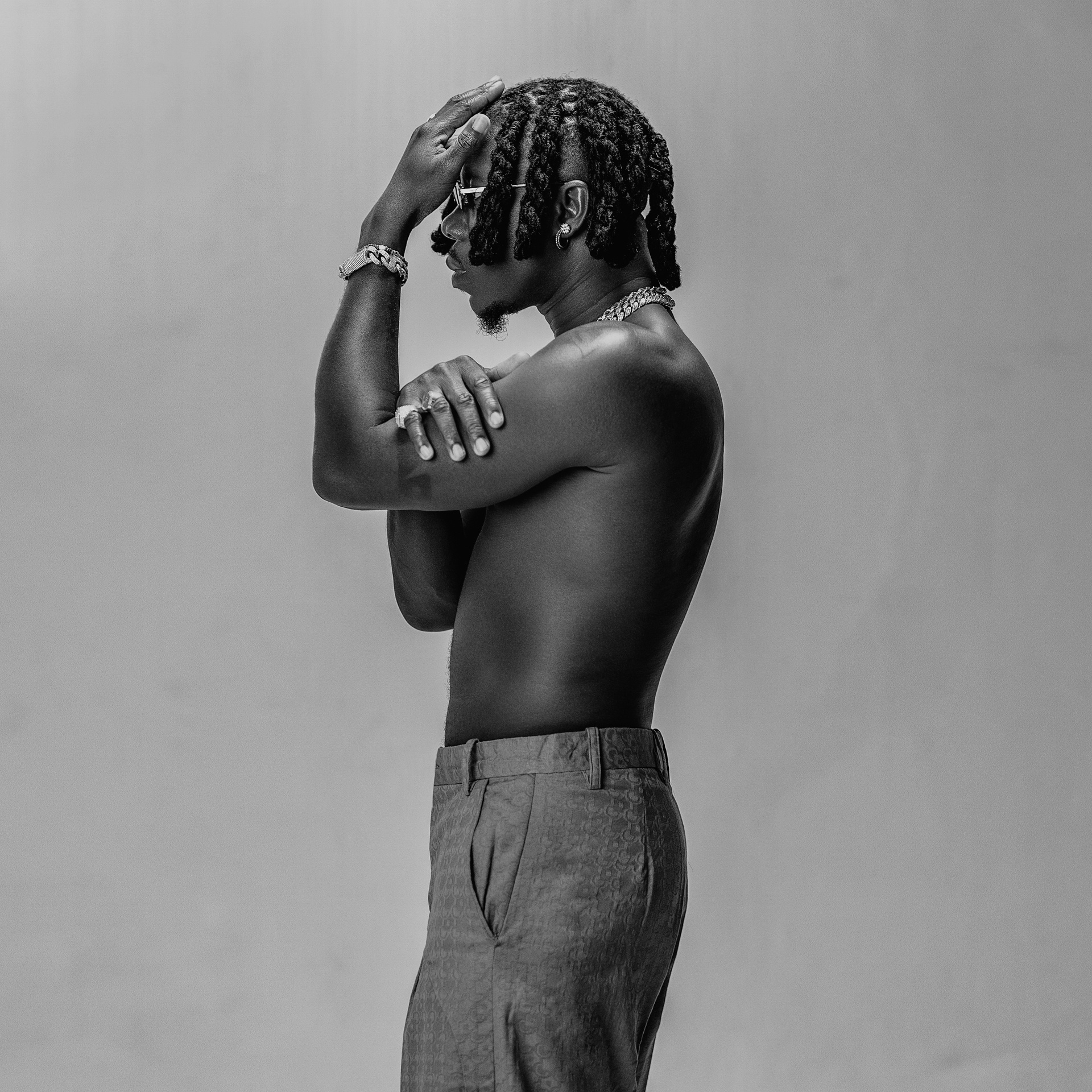
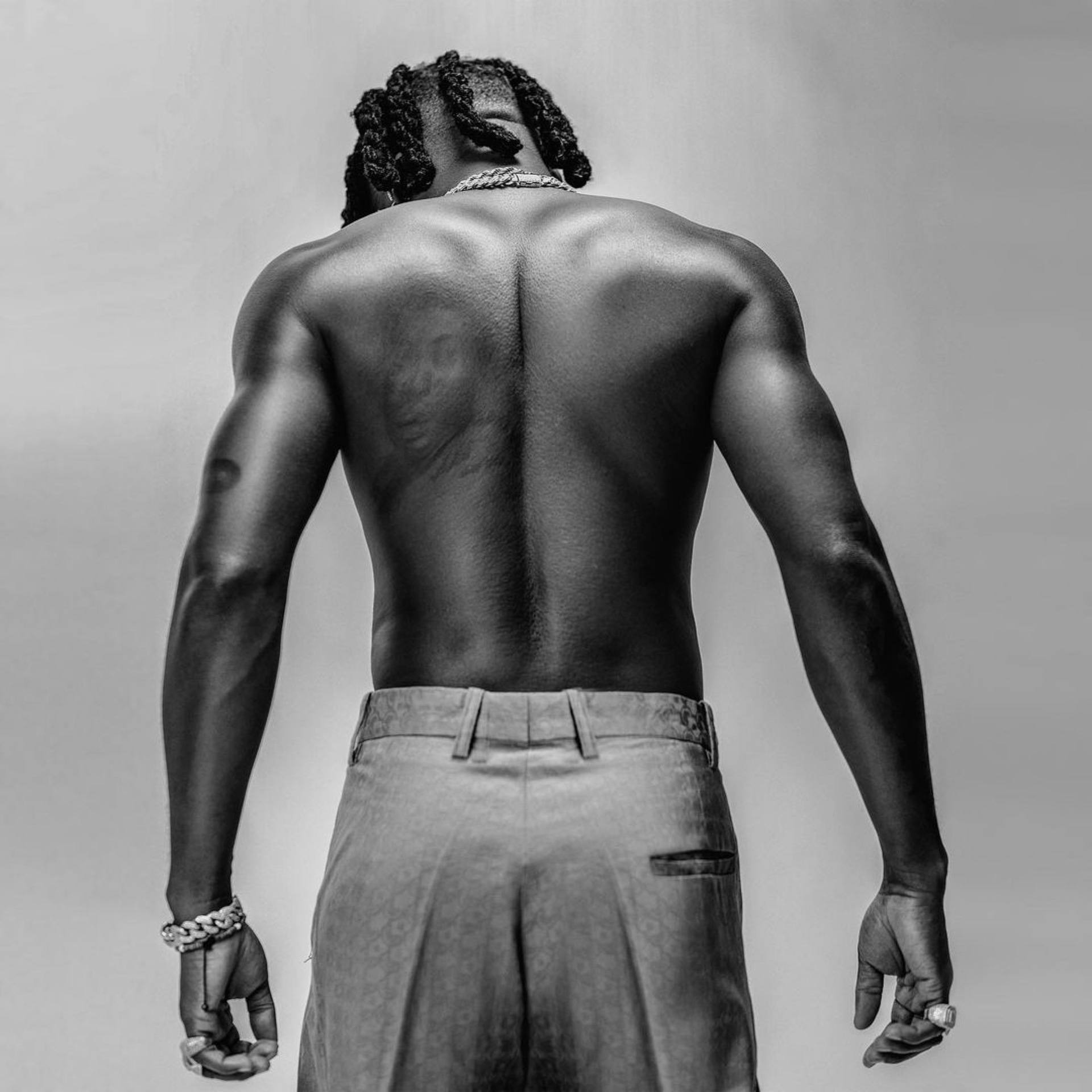
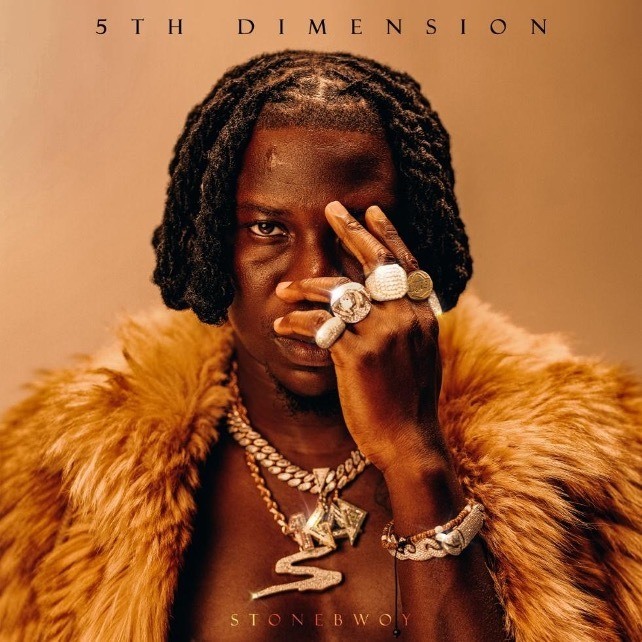
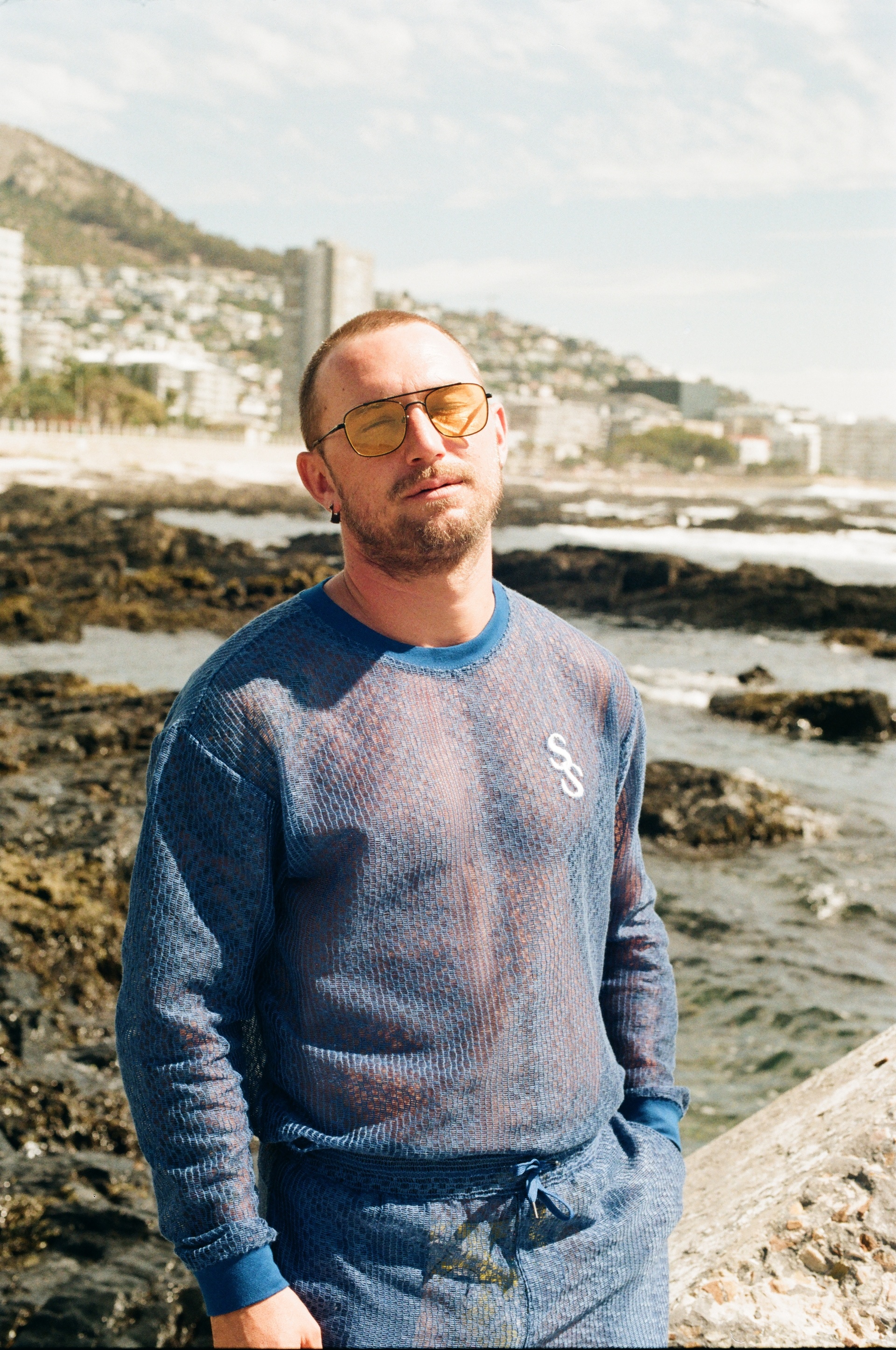
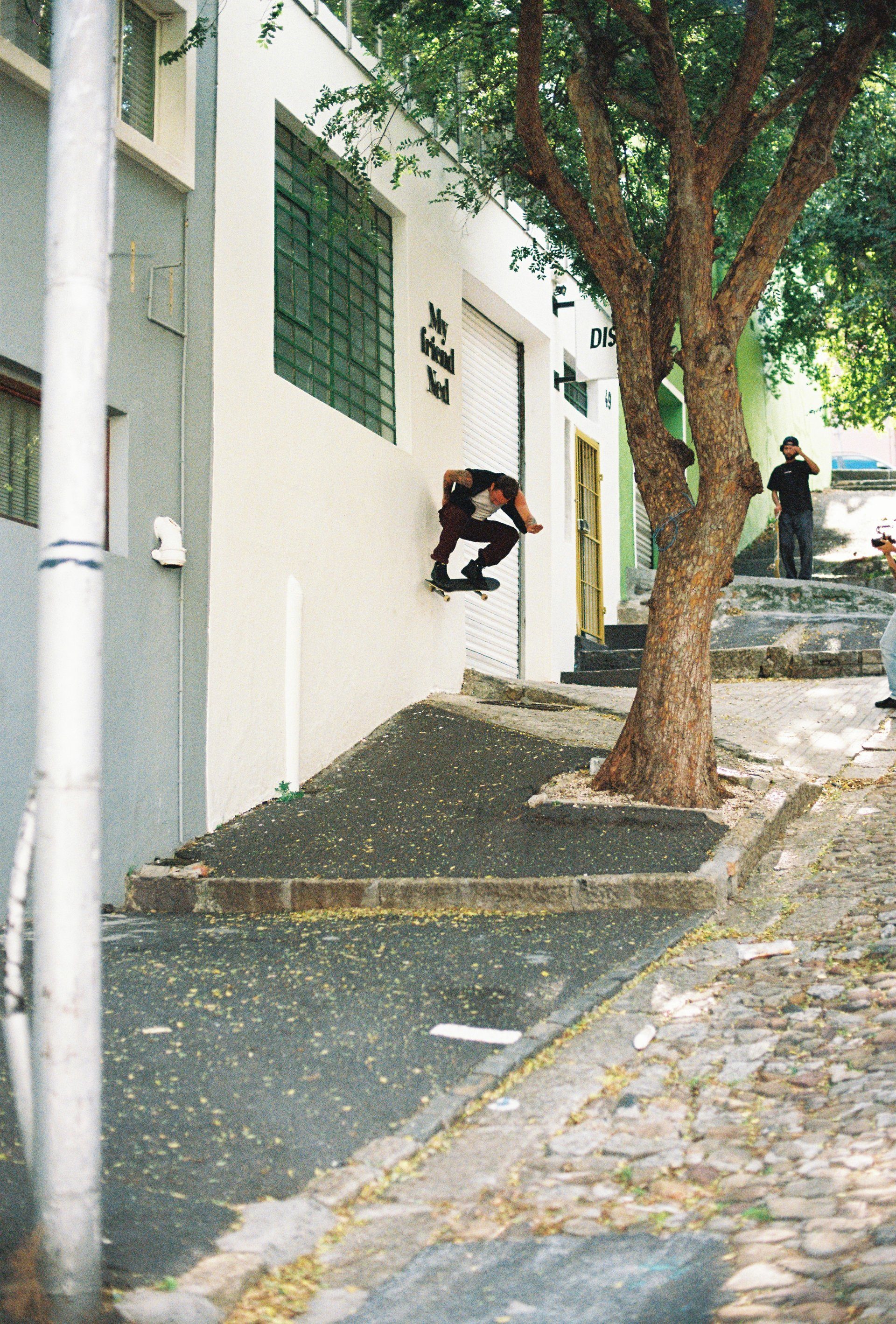
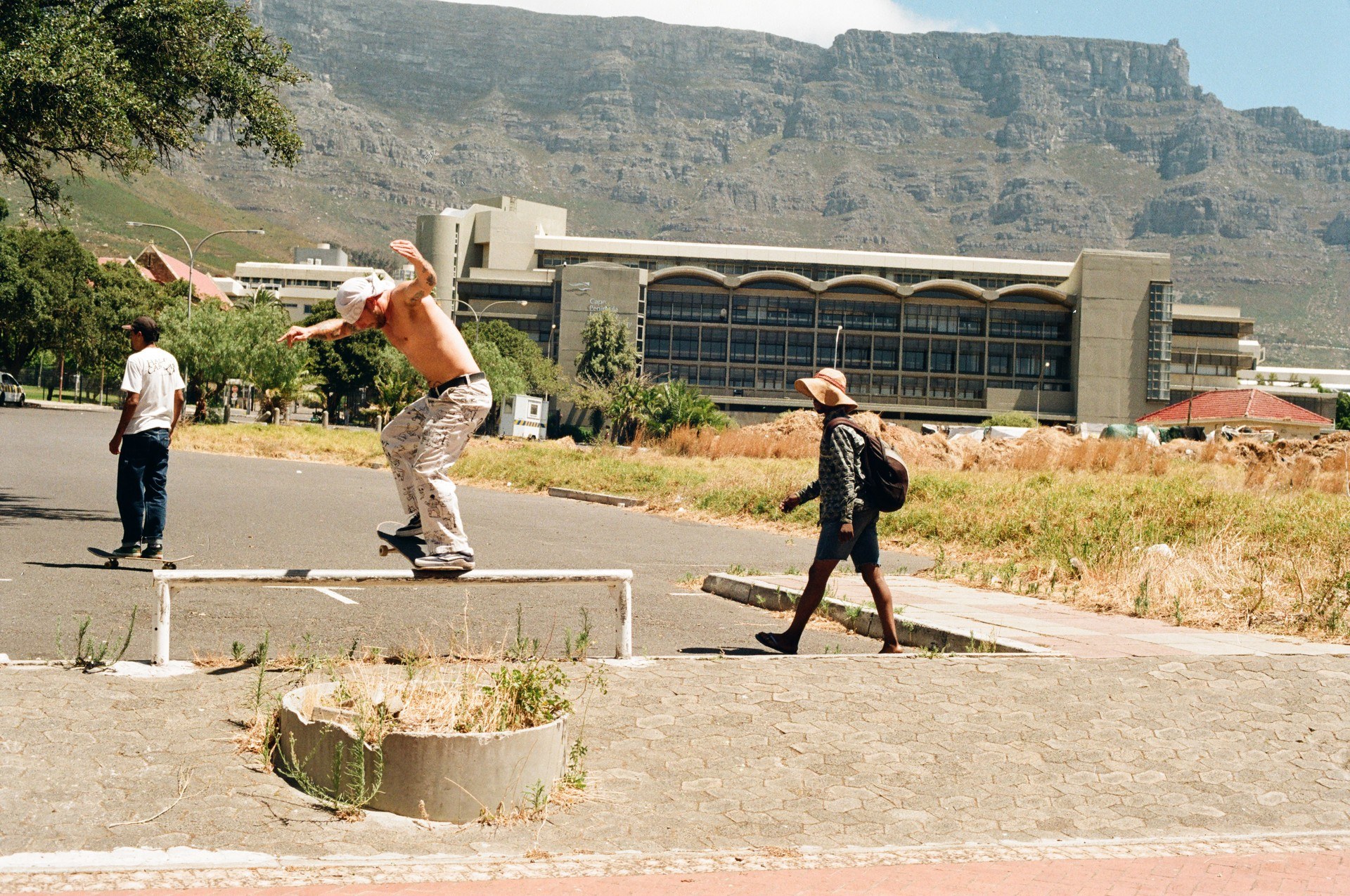
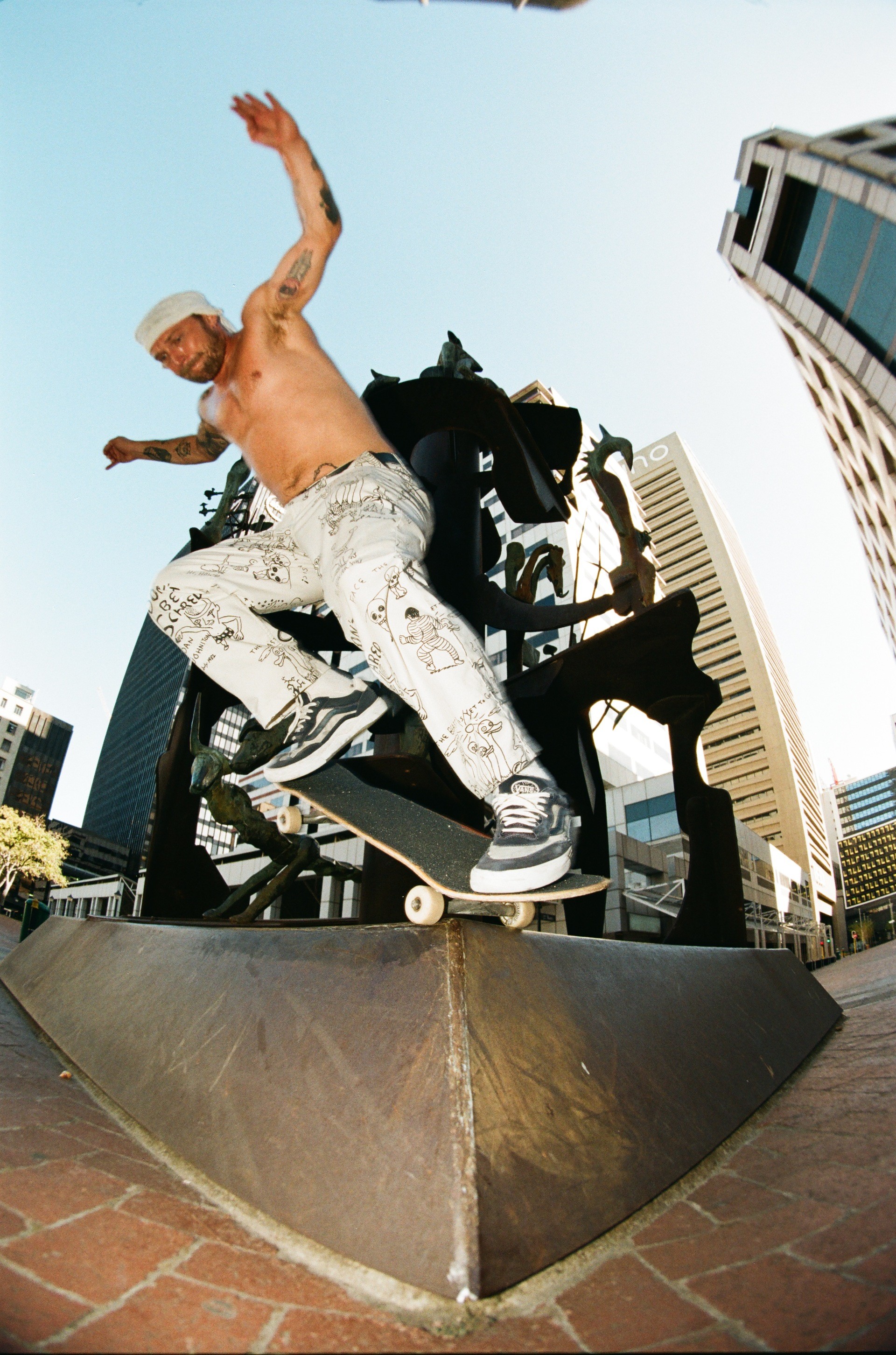

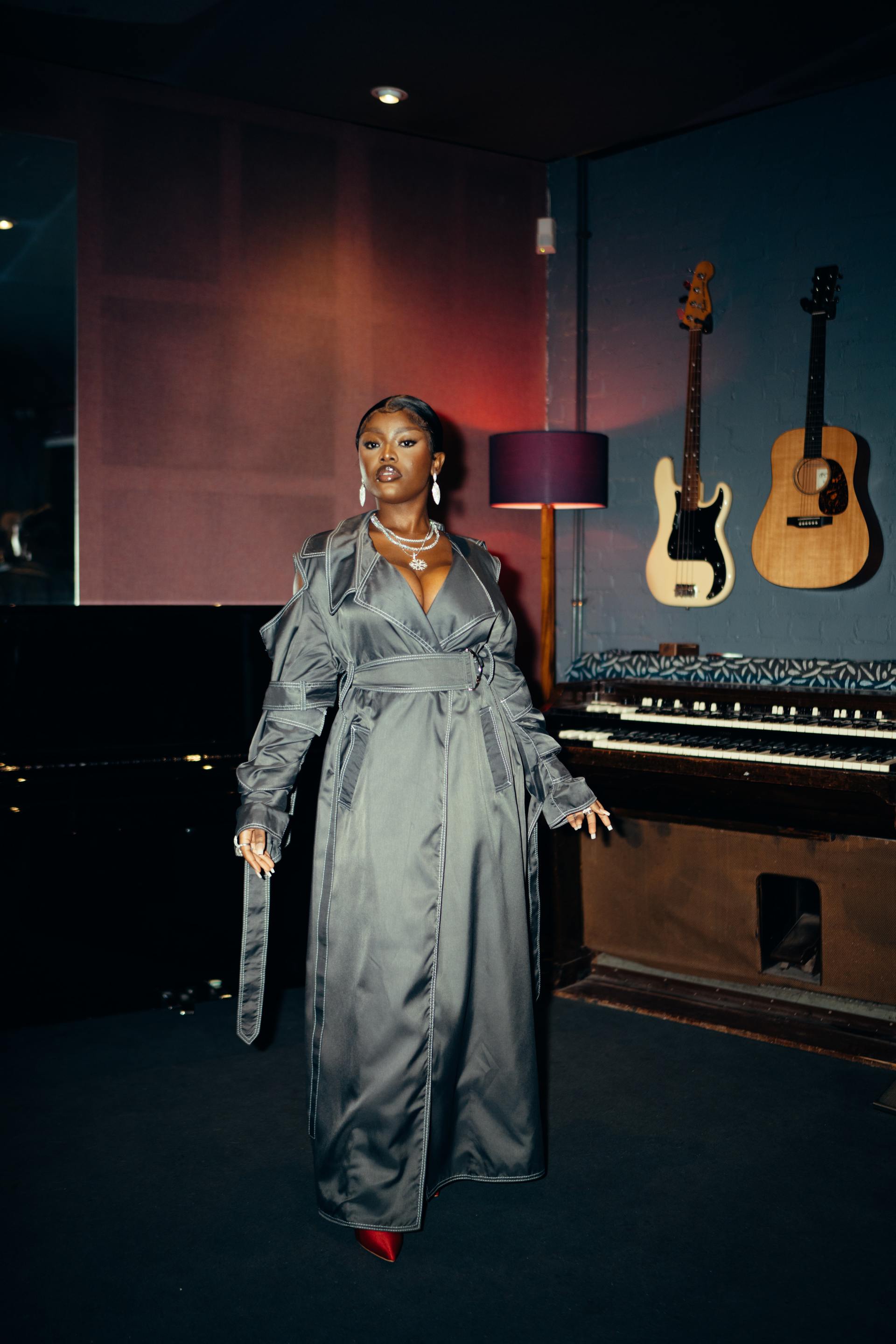
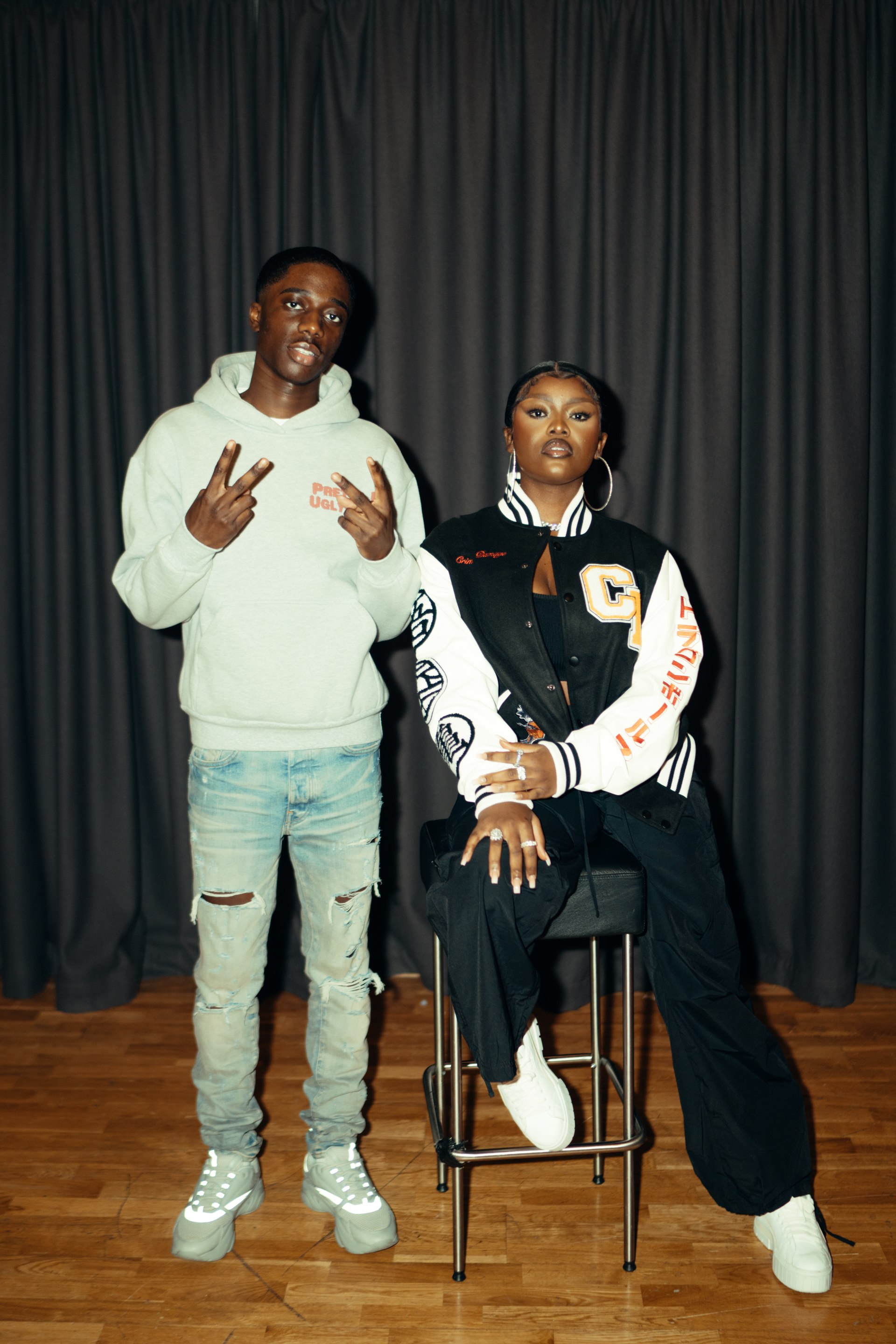
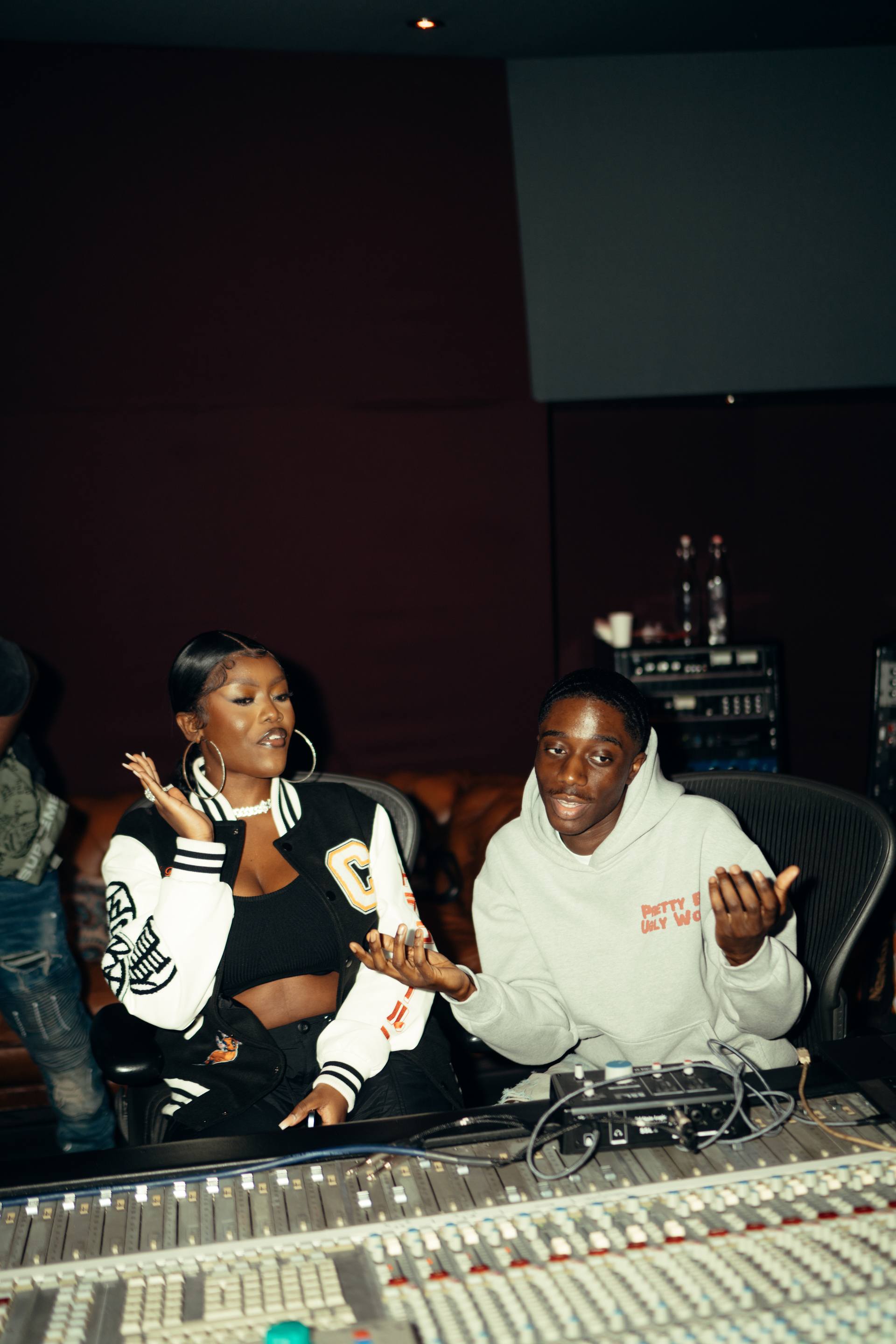
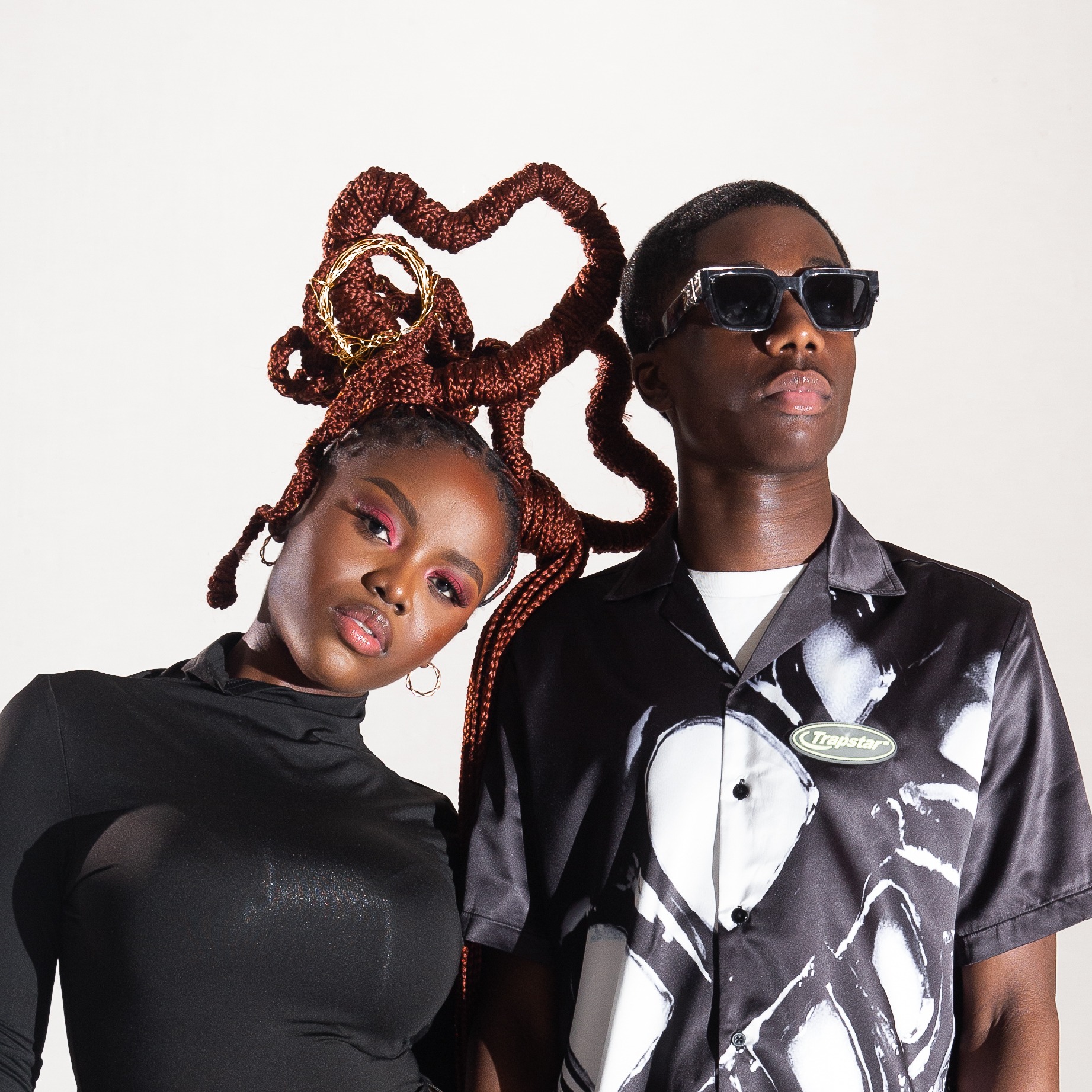

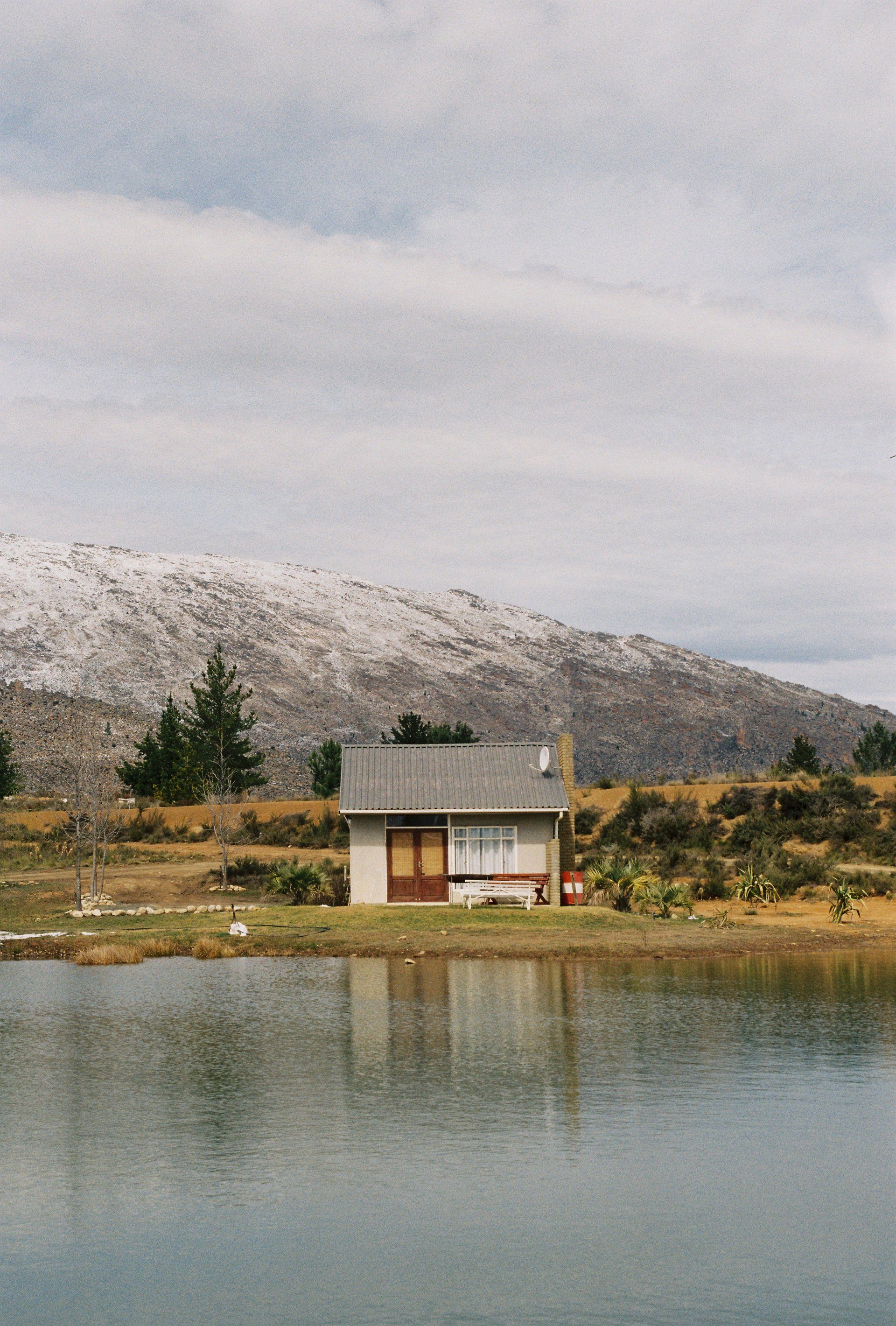
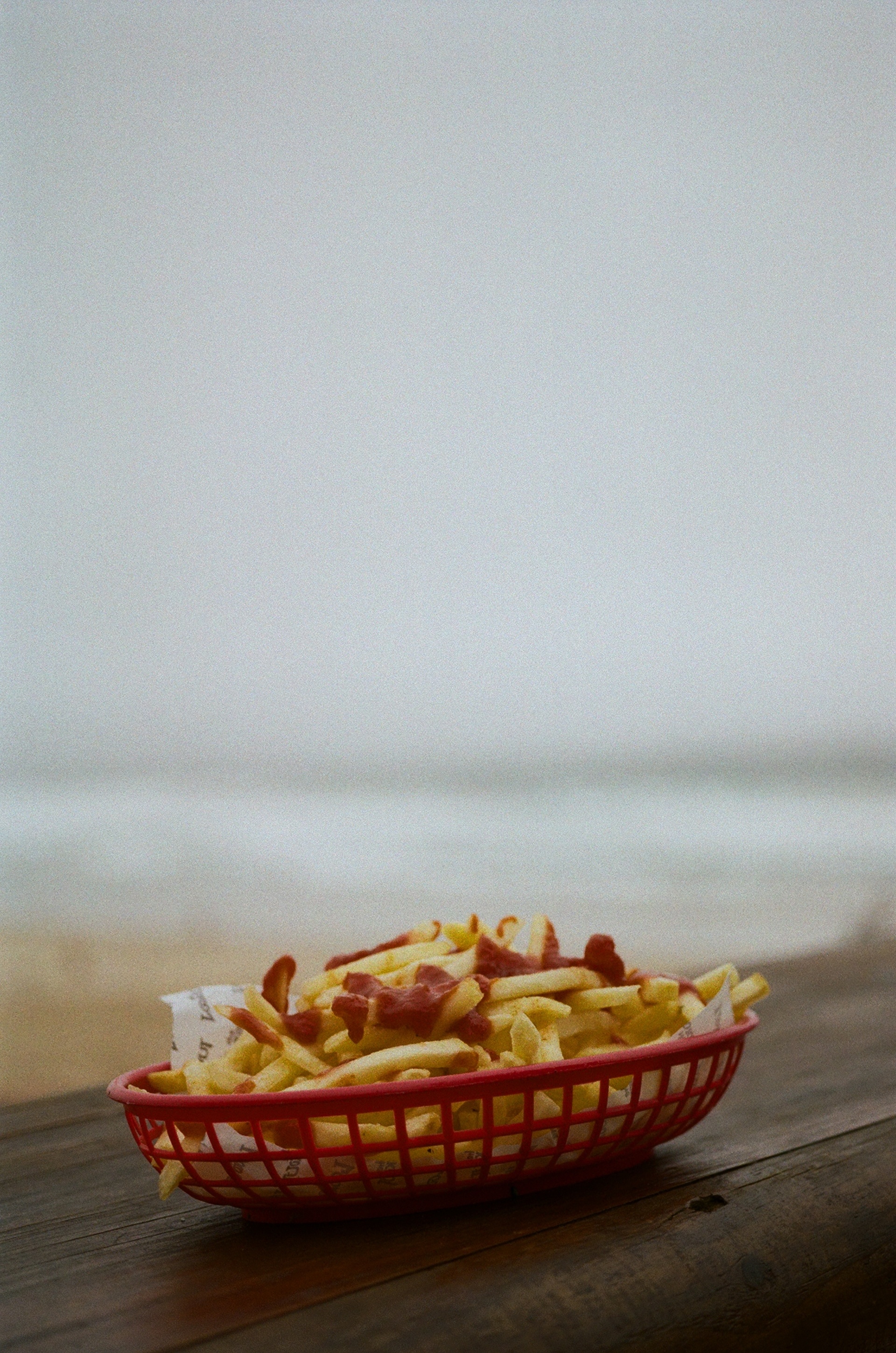


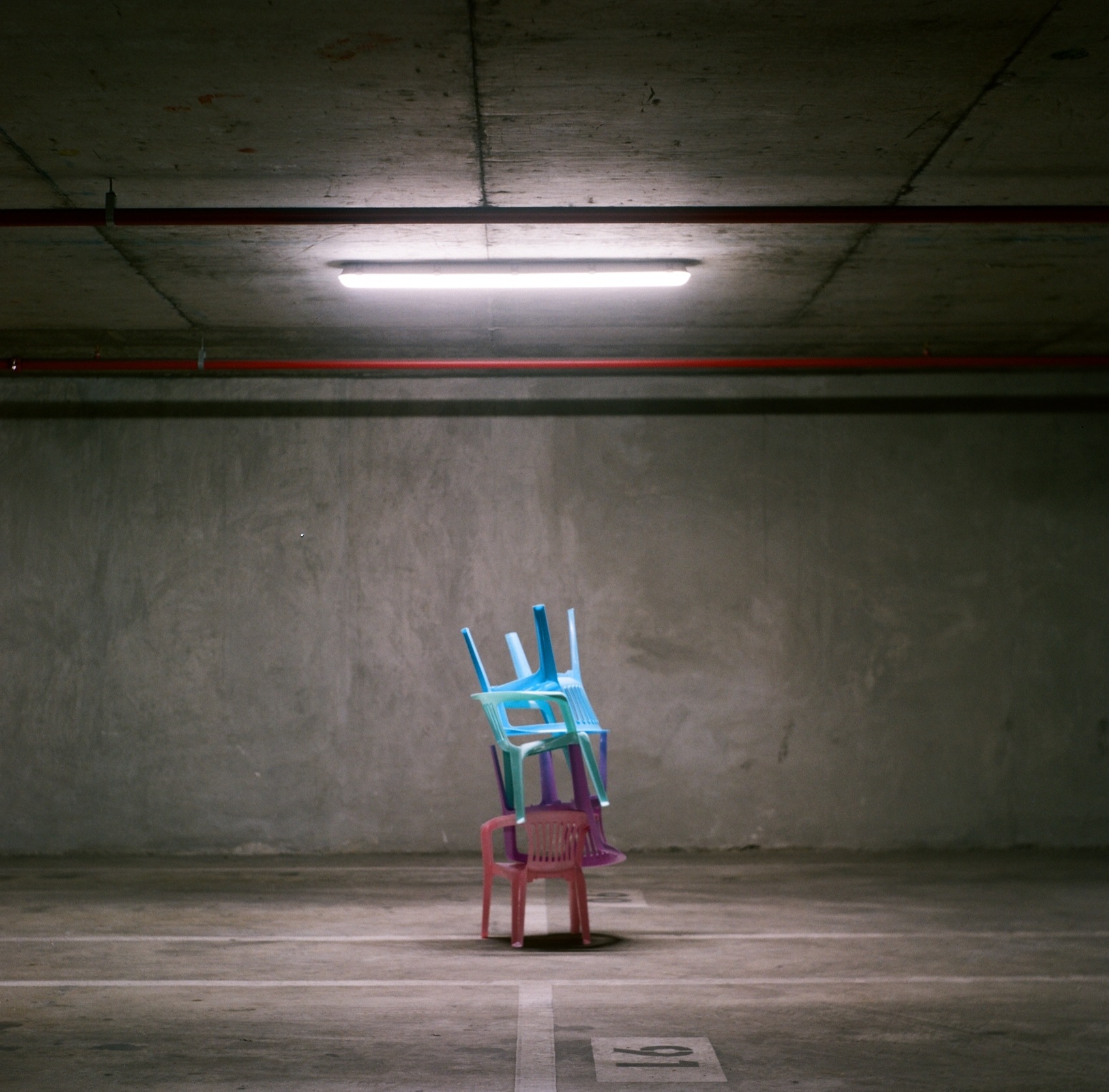
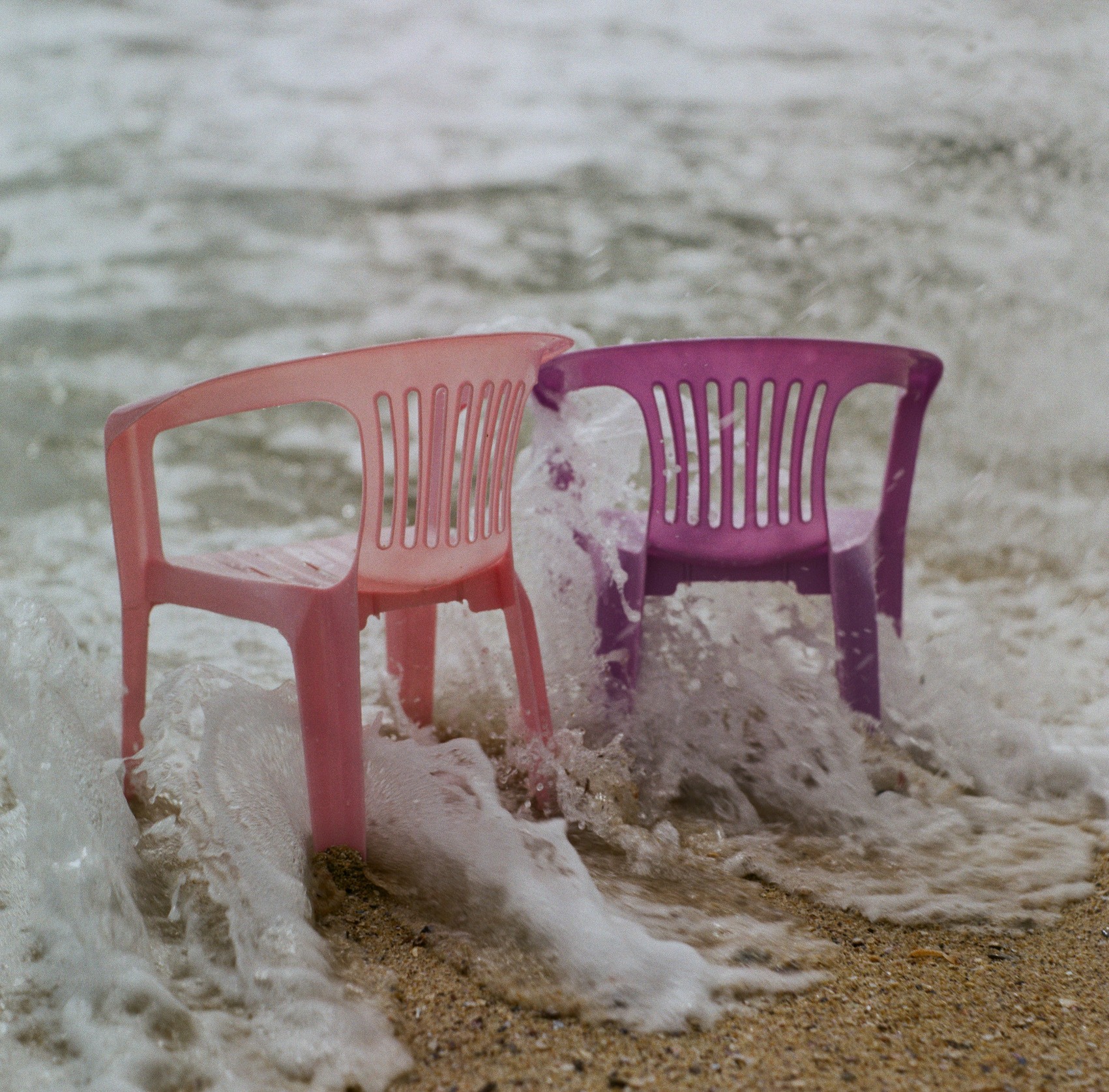

Recent Comments